- Home
- Destinations
- South Africa
- The Cape Winelands
Overview
Climate
Travelling to the Cape Winelands at any time of the year is a wonderful experience. Weather can be unpredictable on any day, however there are certain elements dominating different periods during the year.
Some might claim that October – February is the best time, when it’s sunny and hot, and the beautiful estates ripen and bloom. Rainfall during this time is infrequent and low in volume. Long days, beautiful sunsets and outdoor events are favourites.
It is also argued that the best times are from October – November and/or March – April. During these months of spring and autumn respectively, the days are sunny, but cooler and more pleasant than the hot summer. Days are still long, and ideal for experiencing the outdoors of the Winelands.
Winter, when cosy log fires and a glass of fine Cape red is aplenty to cure the blues, also have beautiful sunny days, to allow for the enjoyment of the green, lush landscape. Outdoor activities can be especially enjoyable in cooler weather. Delectable heart-warming dishes can be sought at top-class restaurants on the estates.
Getting There
Flying: Cape Town International Airport, in the Western Cape Province, is the closest airport where both local and international flights can touch down. From the airport, depending on where in the winelands you wish to be, it is around a 40 – 60 minute drive. Helicopter flights from Cape Town to landing pads in the Winelands lend to an opportunity to scout the tremendous natural beauty from the air.
From Outside the Cape: The N1 South from Gauteng and through the Free State Province and via the Karoo leads past the turn-offs for Wellington and Paarl, as well as Franschhoek further to the South. If however, you continue with the N1, you will find the crossroad for Durbanville, the area of which hosts the Durbanville Wine Route.
From the Garden Route, travelling in a Westerly direction towards Cape Town, the N2 runs through Somerset West, which forms part of the Helderberg Wine Route. From here, head North towards Stellenbosch.
From the West Coast the N7 will lead you through the Northern suburbs of Cape Town, from which Durbanville Wine Route and Constantia Wine Routes are accessible.
From Within: Road-tripping through the winelands with a self-drive vehicle is an exciting adventure which allows you to continue at your own pace. Rental vehicles are readily obtainable from the airport, and all around the city area. It is recommended that you pre-book a vehicle to guarantee availability and transparency related to costs.
From the airport head West towards the cleavage between Table Mountain and Constantiaberg ranges, to visit the Constantia Wine Route.
Routes towards the East and Northeast will lead to the towns of Franschhoek, Stellenbosch and a little further away – Paarl and Wellington.
Transfers or Tours: A tour / transfer through the winelands with a designated driver, allows for relaxing in the back-seat and taking in the scenery without having to focus too much on the road and/or following directions.
Tram: The Franschhoek Wine Tram is a leisurely way to the see the Franschhoek Valley and frequent the Wine Estates lined along the different tram routes. The Tram runs on a hop-on hop-off basis and passengers can linger for as long as their time and the tram schedule allows.
Ideal Destination For
- Food & Wine
- Romance
- Special Interest
- Sport
Points of Interest
- Franschhoek
-
The picturesque village of Franschhoek is situated in the heart of the Cape Winelands, around 45 minutes from Cape Town. It is in this valley that the French Huguenot refugees originally settled in 1688, bringing along with them their age-old French wine and food culture. Franschoek has long boasted a disproportionate number of South Africa’s top restaurants (8 out of the top 100) in South Africa and it is considered the country’s Gourmet Capital. There are a variety of cellars to choose from, including small boutique wineries that cater for those in search of something unique, to large cellars that offer organised tours and conducted tastings.
Look out for: La Bri, La Motte, Boschendal, L’Ormarins.
- Stellenbosch
-
The town of Stellenbosch, no more than half an hour’s drive from Cape Town, is the second-oldest and arguably the most scenically attractive and historically preserved in the country. Dating back to 1679 when the first vineyards were planted, it boasts a network of more than 150 wineries, each offering a unique cellar-door experience for the wine-lover and tourist.
Look out for: Delaire Graff Estate, Tasting room at Babylonstoren, Zevenwacht Wine Estate, Marianne Wine Estate, Alluvia Specialist Winery, Ken Forrester Vineyards (the "Home of Chenin Blanc"), Jordan, Spier, Vergelegen Wine Estate, Waterford Wine Estate.
- Worcester
-
Enjoy the valley by going along the Worcester Wine and Olive Route which covers 12 cellars and one olive estate. The area is acclaimed for its Cabernet Sauvignon and Chenin Blanc, as well as the Columbar. It prides itself on both national and international awards of distinction, contributing to about one-fifth of the national vineyards and more than a quarter of the country’s total wine and spirits production.
Look out for: Conradie Penhill, De Wet Cellar, Eagle’s Cliff.
- Ceres
-
The area is surrounded by mountains and breathtakingly beautiful passes. Visitors can taste locally-produced cheeses, olives and export-quality fruit and organic produce here. It is also known for its 4x4 routes, mountain bike and quad bike trails, scenic hiking trails, abseiling, kloofing, rock-climbing and the longest zipslide in Africa at 1.4 km long.
Look out for: Saronsberg Wine Cellar, Waverley Hills Organic Wine.
- Robertson
-
Situated in the shadow of the majestic Langeberg mountains with the Breede River as its life blood, Robertson is the western gateway to The Heart of Route 62. Its lime-rich soils play an important part in producing the area's well-balanced wines. With 150 years of history, Robertson has grown into one of the most attractive Cape Winelands towns. Victorian buildings, jacaranda-lined streets, rose-boarded vineyards, columns of red and yellow cannas as well as bright bougainvilleas all form the back drop to this delightful town.
Look out for: Robertson Winery, The Game Reserve Wines.
- Montagu/Ashton
-
Montagu, situated on Route 62 and approximately 2 hours' drive from Cape Town, is a wholesome eco- and wellness destination. The area is also known for its Hot Springs, golf and adventure sports. Ashton, the capital of the canning industry in South Africa, is also good for birdwatching, cycling and cruising down the river.
Look out for: Viljoensdrift, Zandvliet, Bon Courage, Springfield, De Wetshof, Excelsior.
- Wellington
-
The picturesque town of Wellington is surrounded by fruit orchards, wine estates, buchu plantations and olive groves. Besides its award-winning wines, the Wellington region is famous for its brandy, and is also South Africa’s sole whiskey producer. Its vine-cutting nurseries produce approximately 85% of the country’s vine root stock for the wine industry. Hiking trails, bird and wildlife viewing, Unimog expeditions, mountain biking, 4×4 routes and abseiling are just some of the outdoor activities to be enjoyed.
Look out for: Wellington Wines, Imbuko Wines, Diemersfontein. For brandies: Oude Wellington Wine & Brandy Estate, Upland Organic Wine & Brandy Estate. For whiskey: James Sedgwick’s Distillery.
- Dwarsrivier Valley Tourism
-
Dwarsrivier Valley Tours, which falls under the Stellenbosch municipality, satisfies the humanitarian, the socialite, the nature-lover, the historian, the adventurous and certainly the connoisseur. The Valley is home to, and surrounded by some, of the best wineries on South African soil. Besides wine tours, the area offers wining and dining with a local family in their home to experience some unique local culture, as well as The Freedom Tour – which covers a history of freedom, and pays tribute to the first liberated slaves that settled here in 1843.
Look out for: Delaire Graff Estate, Clouds Wine Estate, Tokara Wine & Vine.
- Breedekloof
-
Set amidst majestic mountains, vineyards and rivers is the Breedekloof wine region, which covers Goudini, Slanghoek and the Breerivier areas. Besides great quality wines and hearty country food, visitors can enjoy mountain biking, hiking, running, 4×4 driving, birding and fly-fishing. For those needing a break from wine, there is craft beer and gin and tonic tasting.
Look out for: Slanghoek Cellar, Badsberg Cellar, uniWines Vineyards (Tasting room at Goudini Wines), Du Toitskloof Cellar, Bergsig Estate.
- The Hex River Valley
-
The Hex River Valley forms part of the Breede Valley District, and includes the towns of Touwrivier, De Doorns, Worcester and Rawsonville. They are the biggest producers of table grapes in South Africa, as well as having the biggest pre-cooler in the Southern hemisphere (Hexkoel).
Look out for: De Doorns Cellar, Du Toitskloof Cellar.
- McGregor Village
-
Set on the famous Route 62 is the tranquil country village set in stunningly beautiful scenery. It is unique, alternative, eccentric and therapeutic, and an ideal place to step back in time and just relax. McGregor Village is home to a vibrant community of artists and there are a range of galleries for you to visit.
Look out for: Lord’s Wines, Solara Organic Wines, Bemindwyne, Tanagra.
- Wolsley
-
Surrounded by the majestic Waaihoek, Witzen and Waterval mountains, lies the town of Wolseley – home to award-winning organic wines and family-owned boutique vineyards which have been grown and produced on the slopes of the mountains and tucked into secluded valleys. Visitors can enjoy the Kluitjieskraal mountain bike trail with 41 kilometres of gorgeous mountain, forest and waterfall scenery, and there is a shorter trail of 14 kilometres for the not-so-fit. Avid hikers can enjoy the New Munster trail, a lovely and fairly easy 3 hour walk through veld on the way to the foot of the Mostertshoek Mountain. With its diverse terrain, vegetation and waterways, the valley is also very popular with birdwatchers.
Look out for: Waverley Hills, Bergsig Estate.
- Paarl
-
This is the third-oldest town in South Africa where vineyards still grow in-between residential neighbourhoods, maintaining a country feel to a town virtually the size of a small city. It is here where the birth of Afrikaans as the world’s youngest language is celebrated by the iconic Afrikaans Language Monument that stands prominently on the southern slopes of Paarl Mountain. Visitors can enjoy hiking around the beautiful fynbos areas, cycle along superb mountain-biking trails or take a relaxing drive through the countryside to enjoy the spectacular scenery.
Look out for: KWV, Nederburg, Mellasat (White Pinotage), Spice Route Destination, Fairview, Pearl Mountain Wines.
- Tulbagh
-
Set in a beautiful landscape, Tulbagh is famous for its heritage and wealth of Cape Dutch architecture. In fact, the town’s Church Street constitutes the largest concentration of Provincial Monuments in any one street in South Africa – 32 to be precise.
Look out for: Montpellier, Theuniskraal.
- Hermanus
-
Along the Whale Coast, the village of Hermanus, surrounded by majestic mountains, indigenous Fynbos and blue ocean waters, is part of an area aptly named the Whale Watching Capital of the World. Southern Right Whales, the Brydes’ and the Humpback Whales mating and calving in the sheltered bays ignite incredible pleasure in those who come to see them.
Hermanus is lovely – with quaint boutiques, art galleries, open-air cafes, restaurants and craft markets that complement the natural attractions.


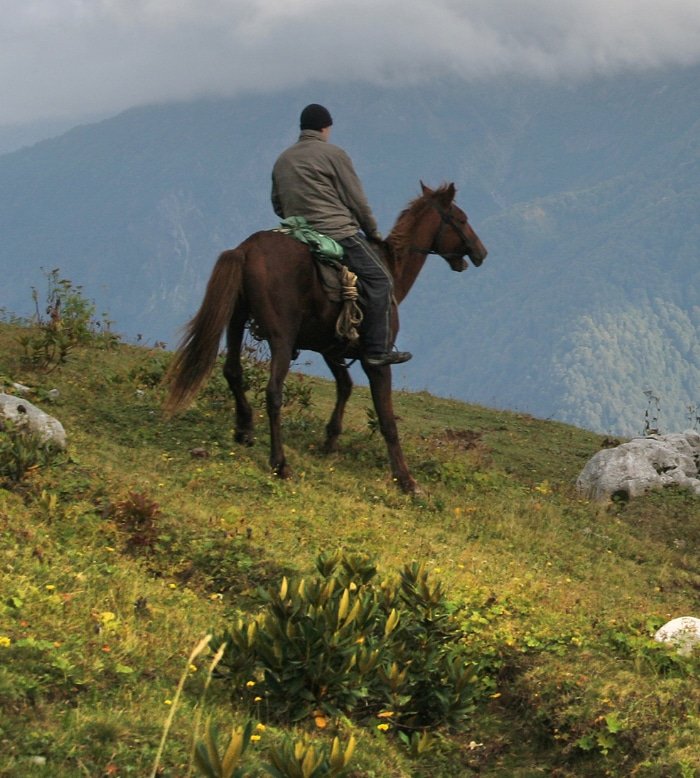
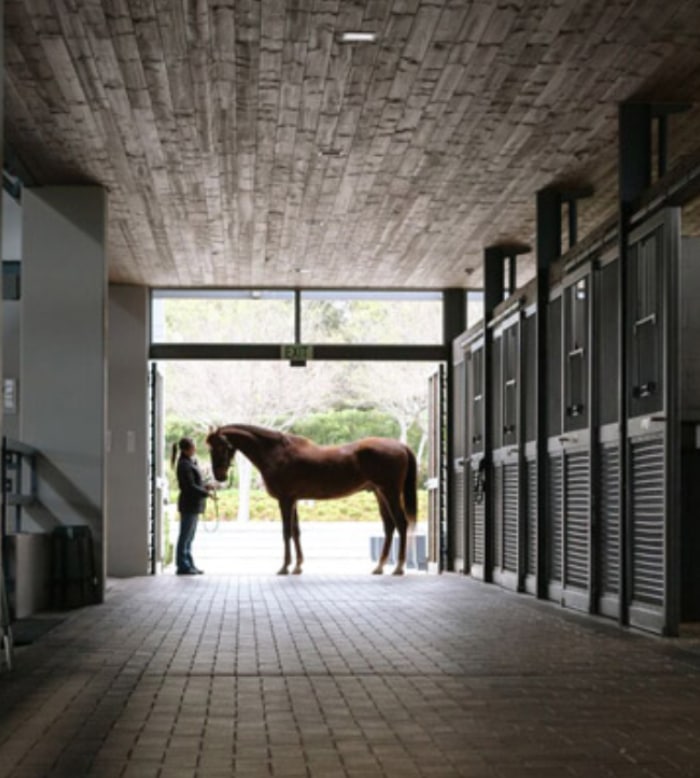


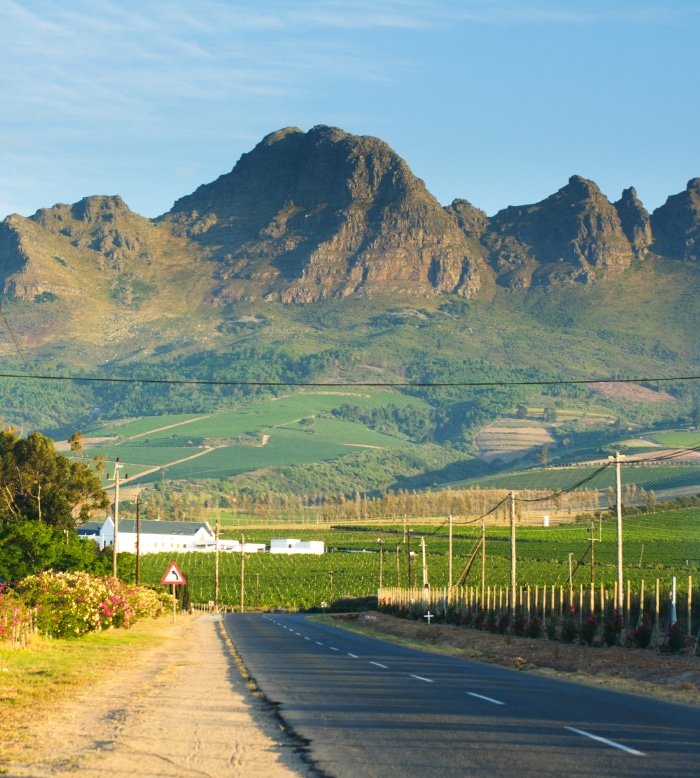

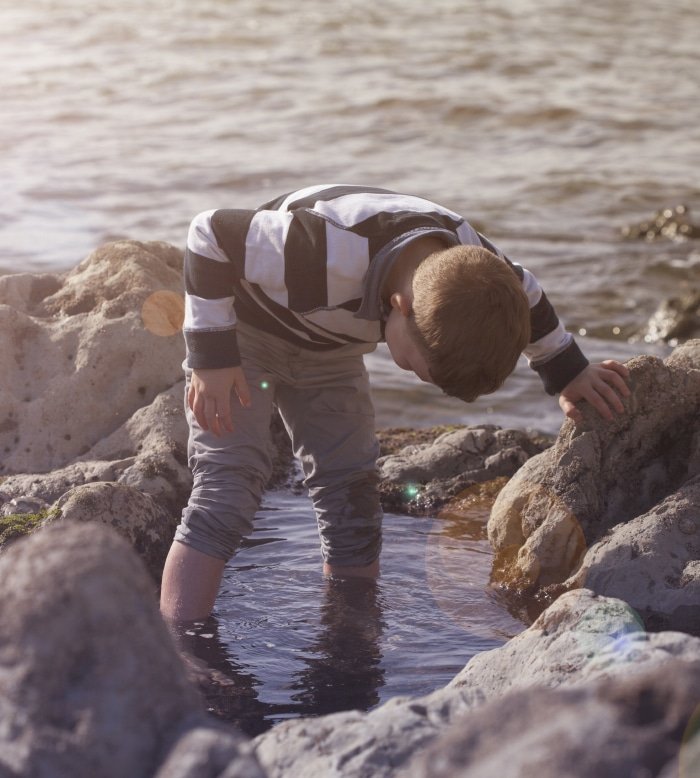

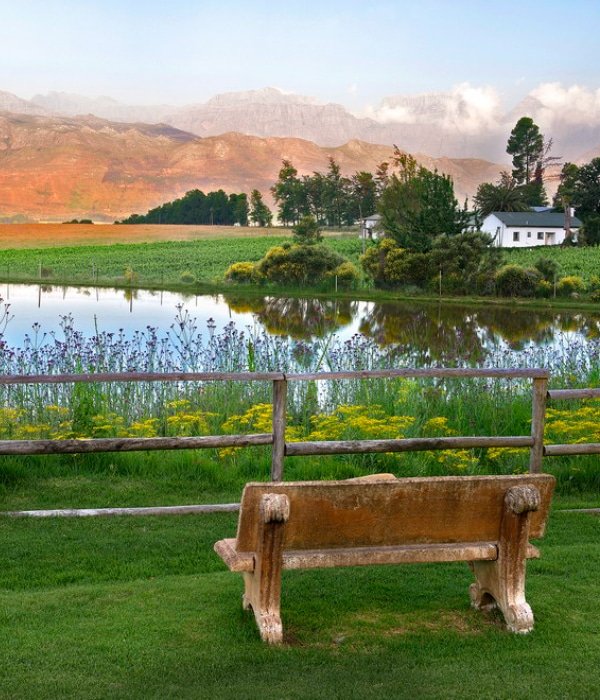
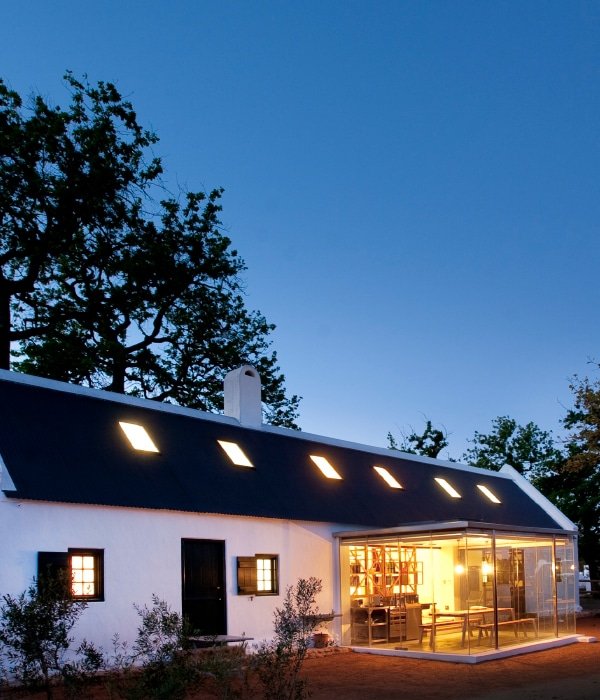

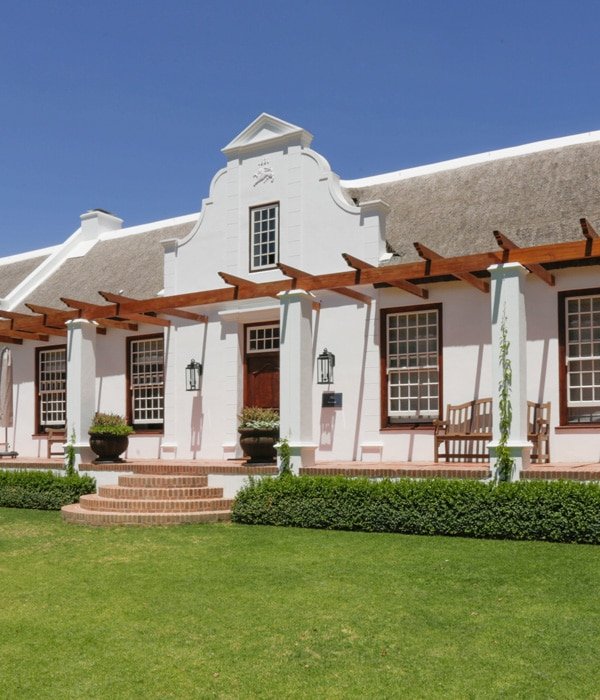
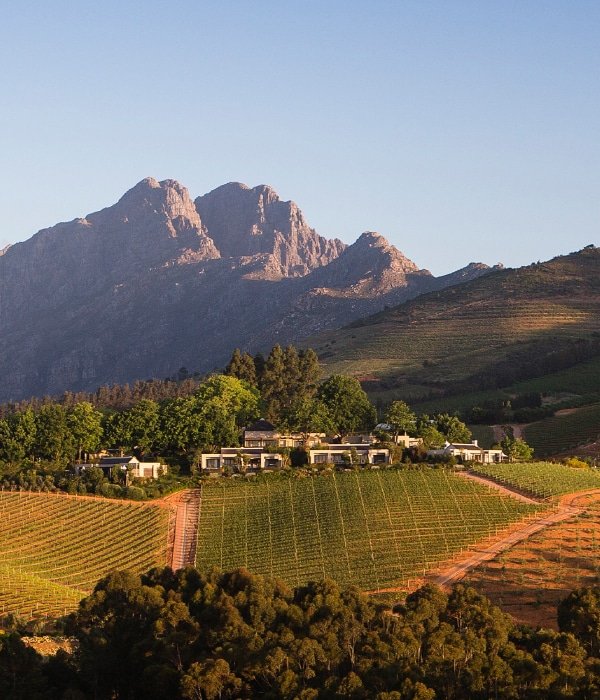
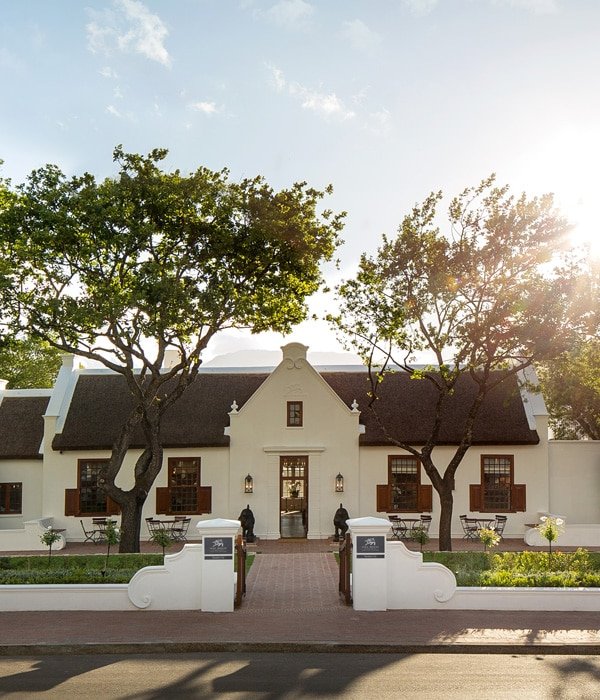
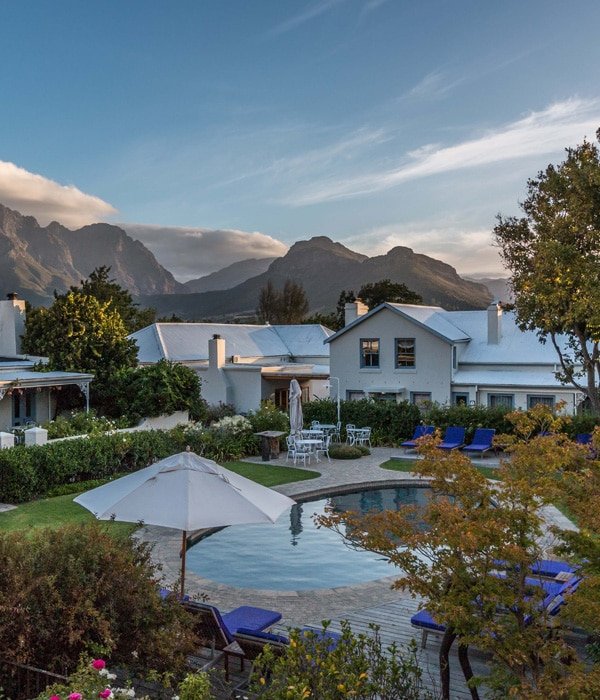
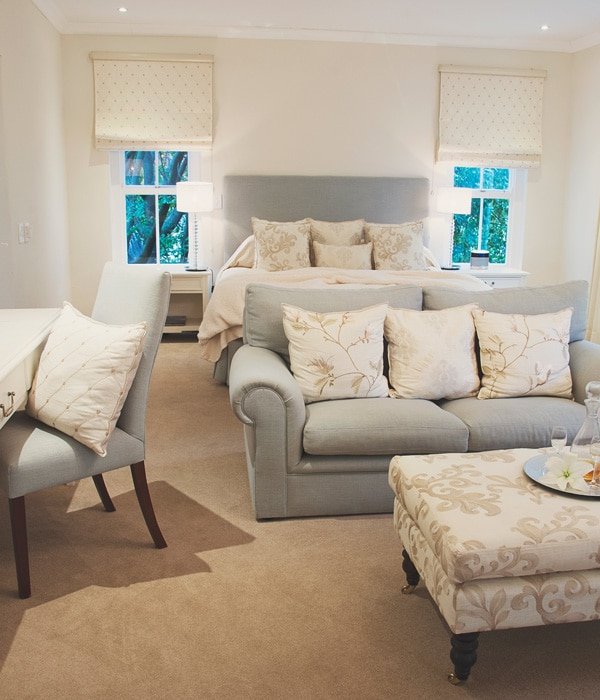
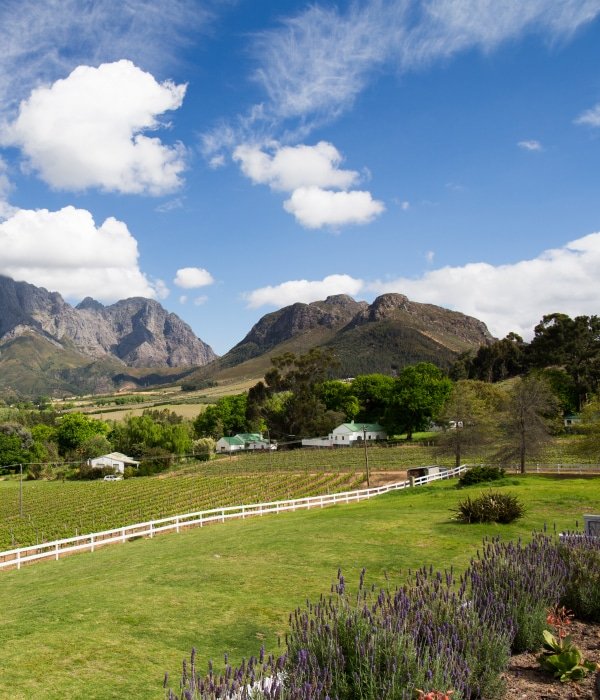
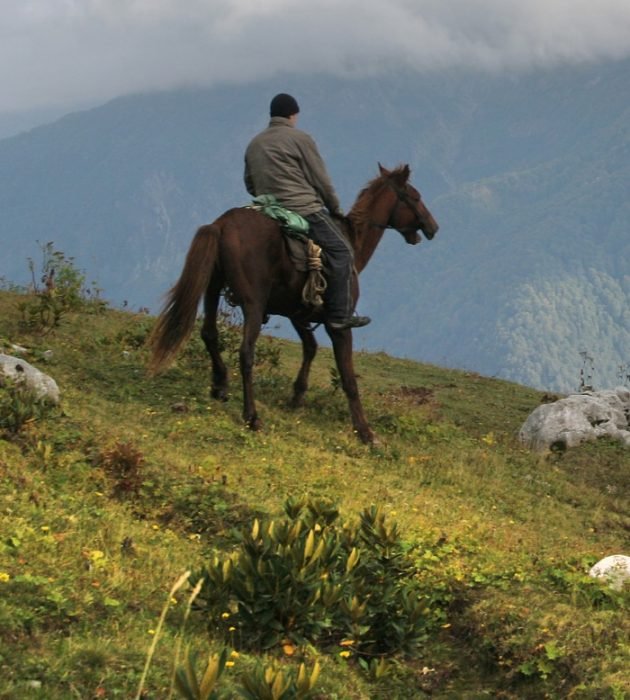
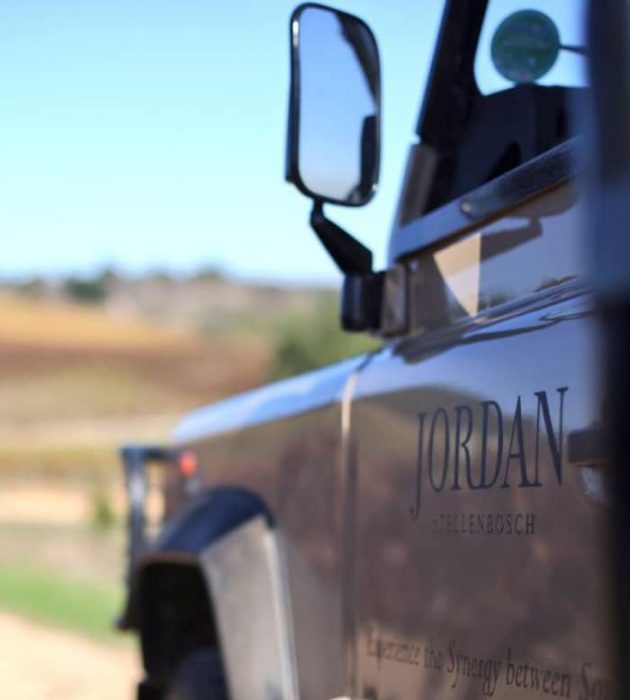
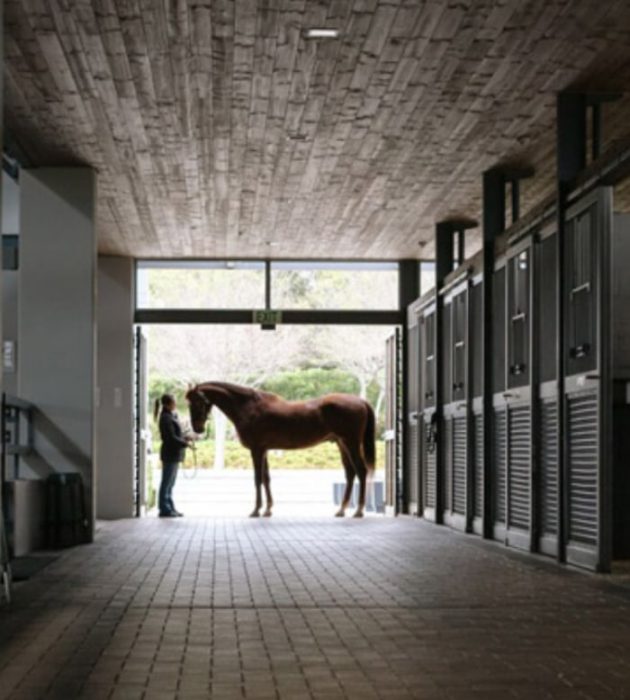

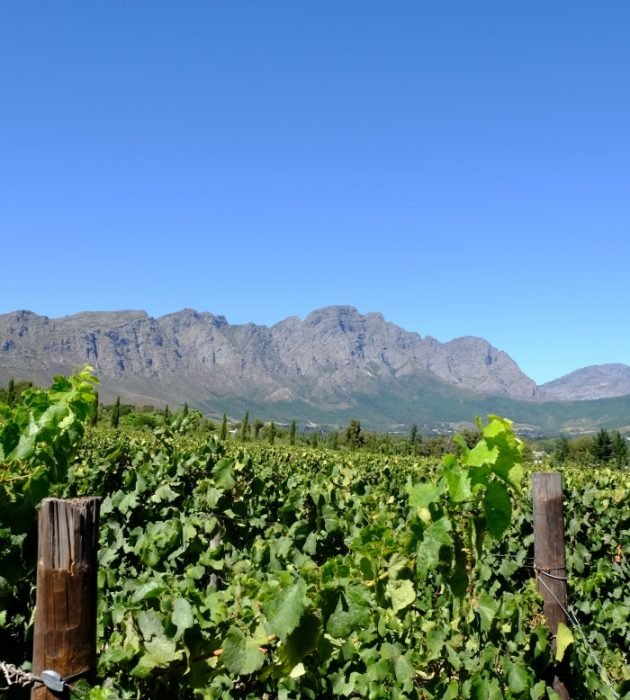


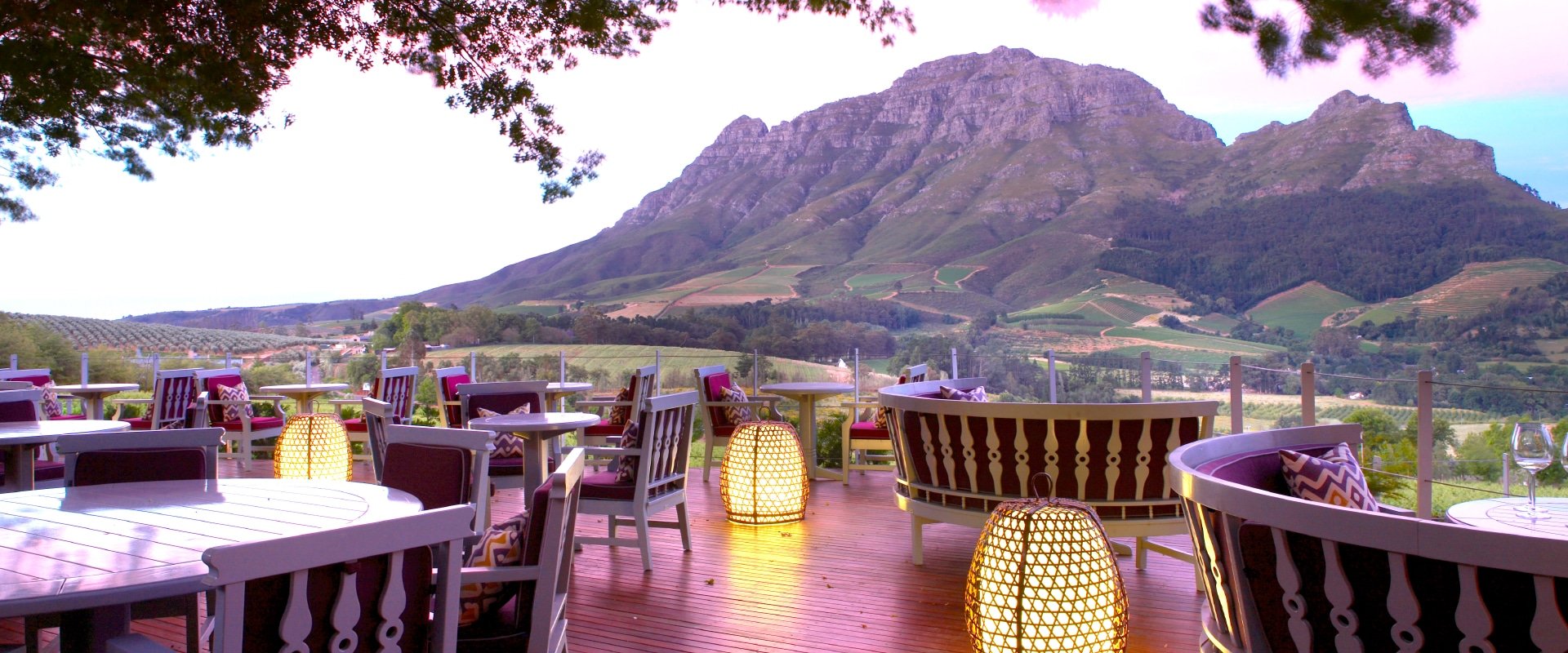
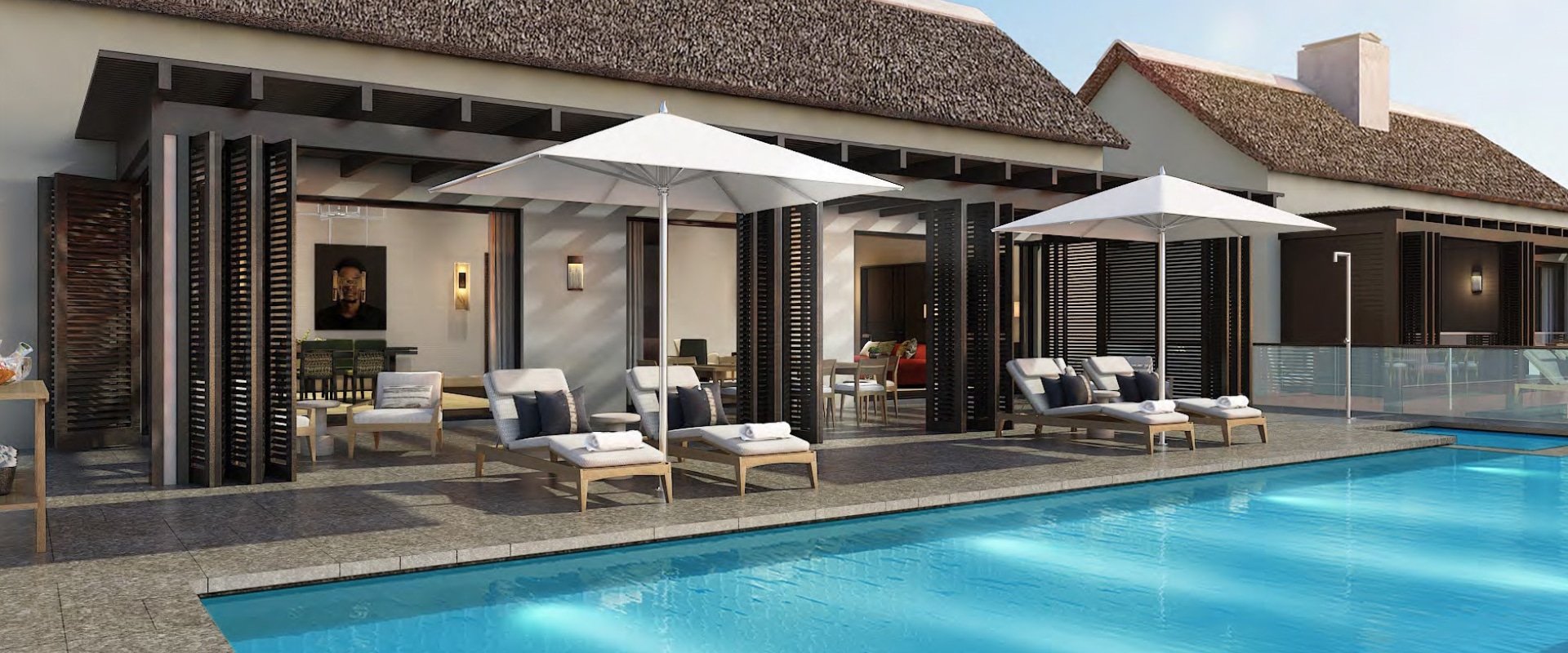
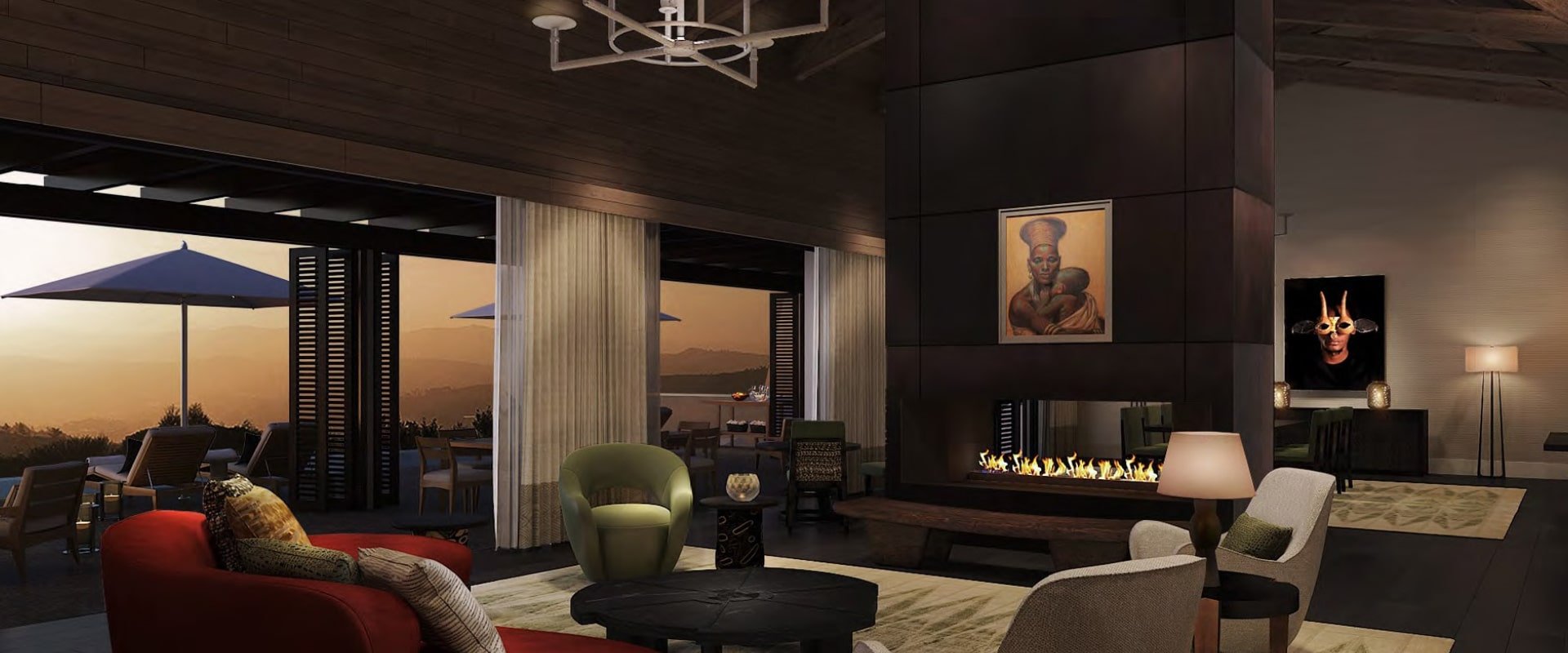
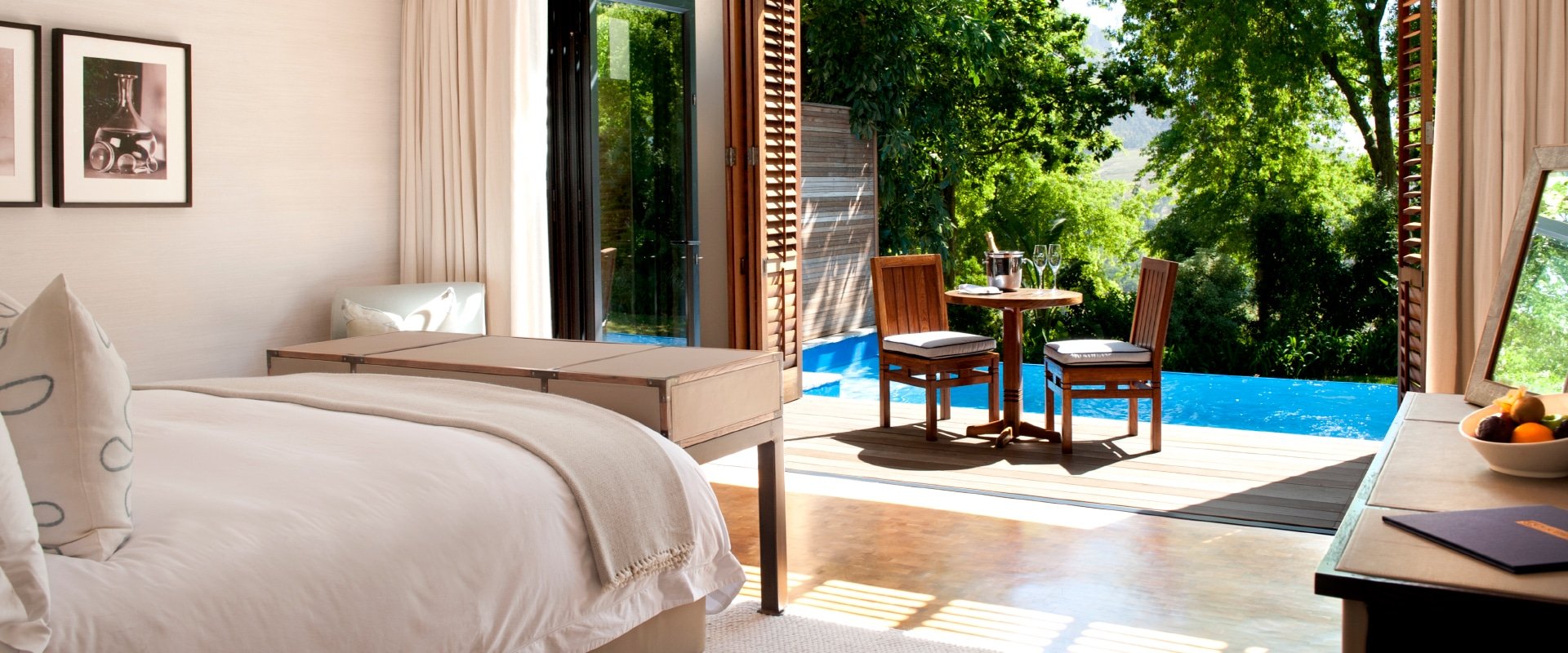
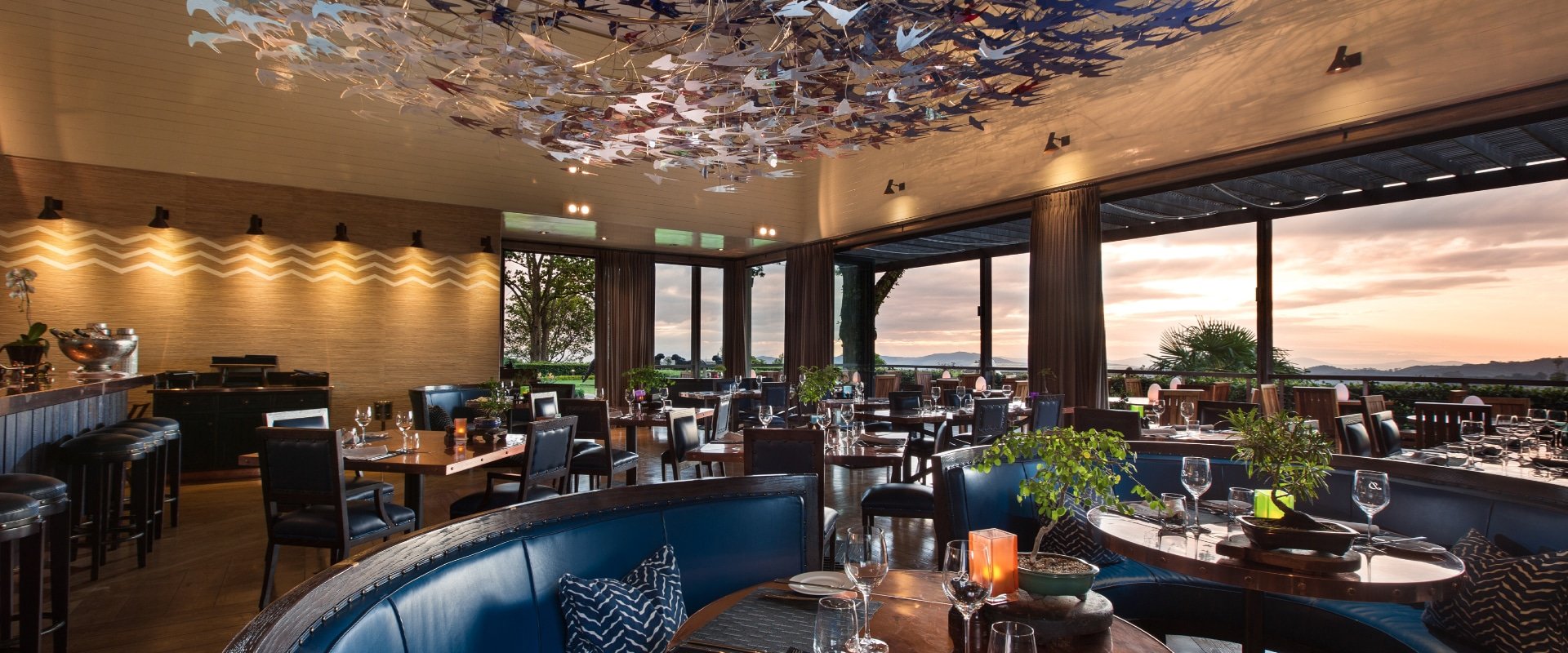

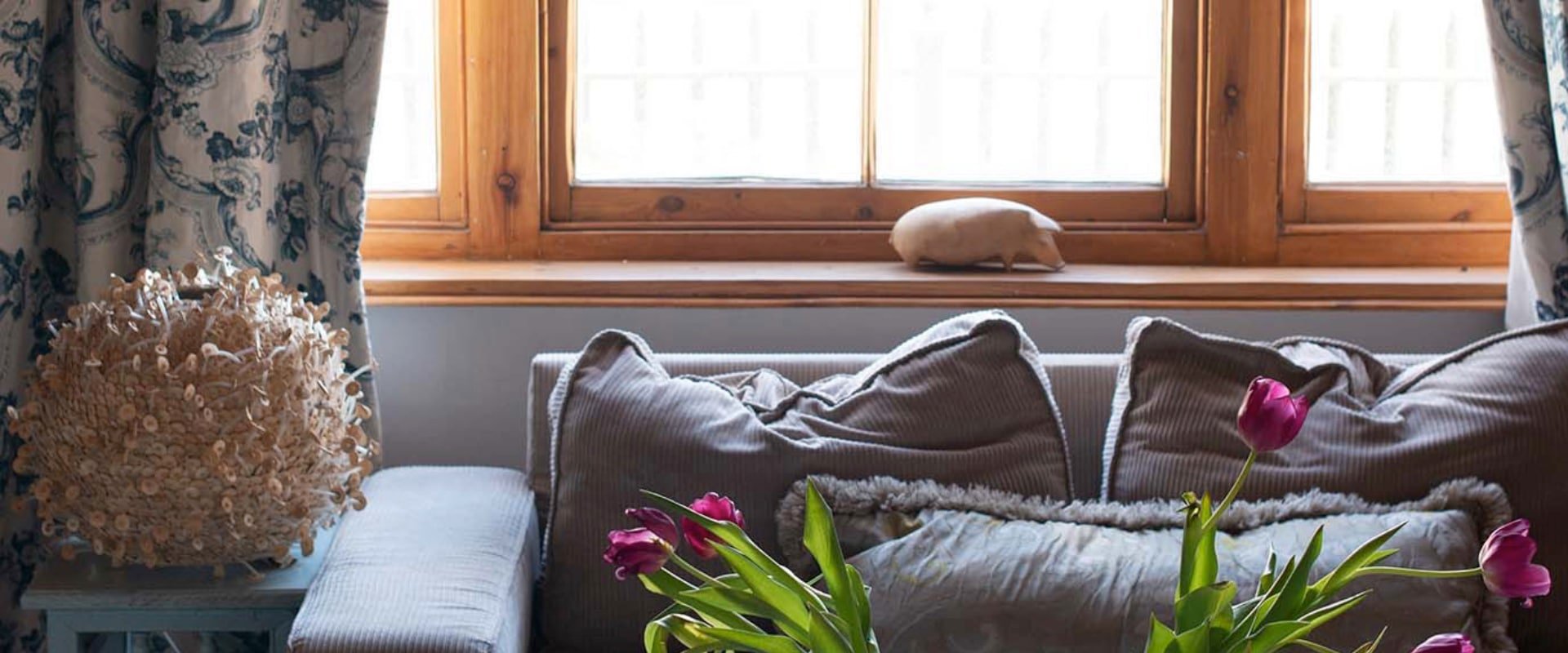
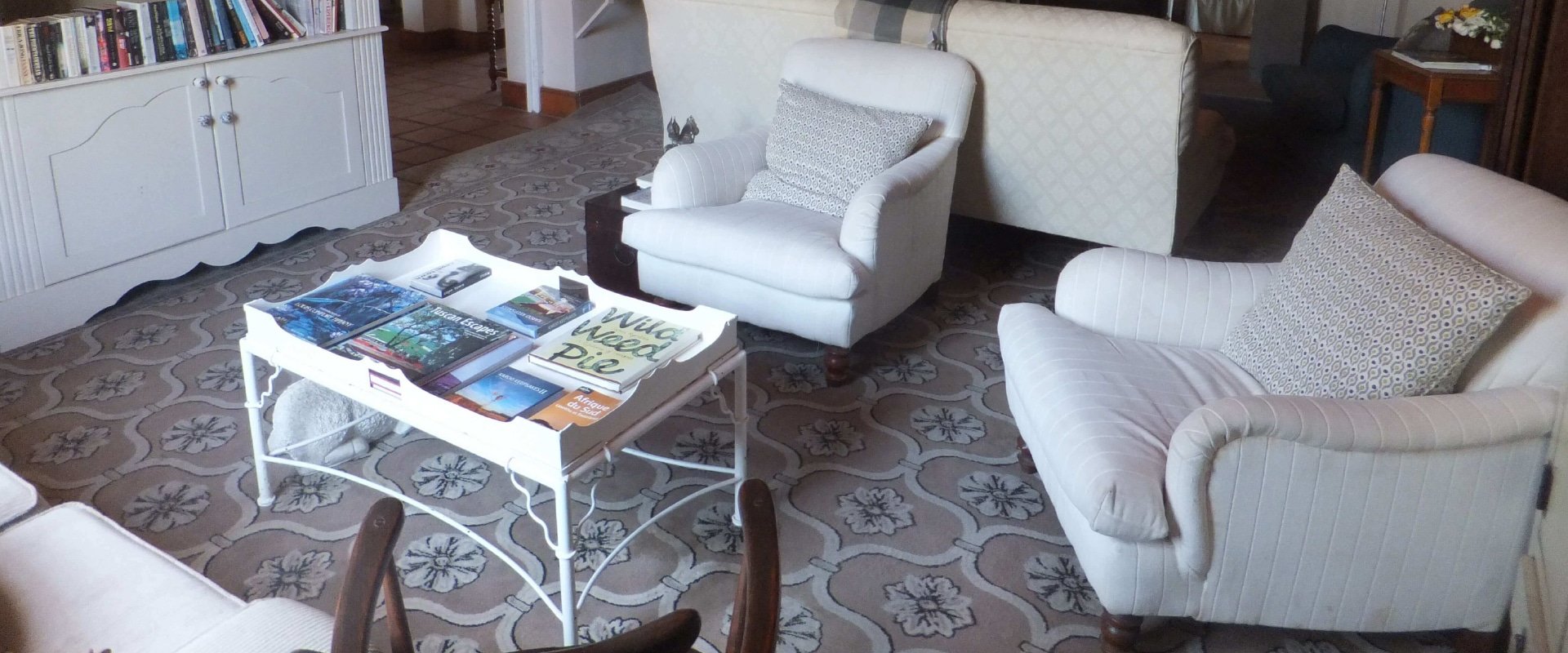
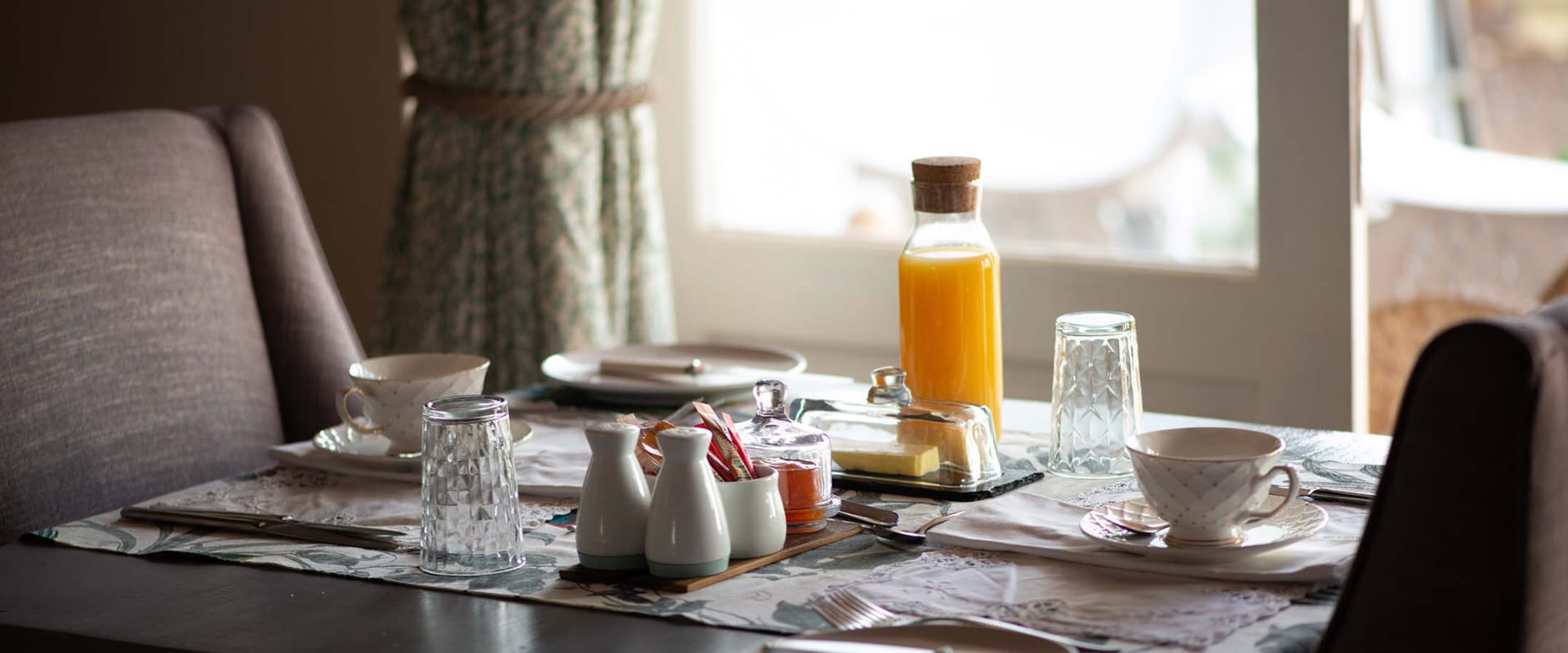
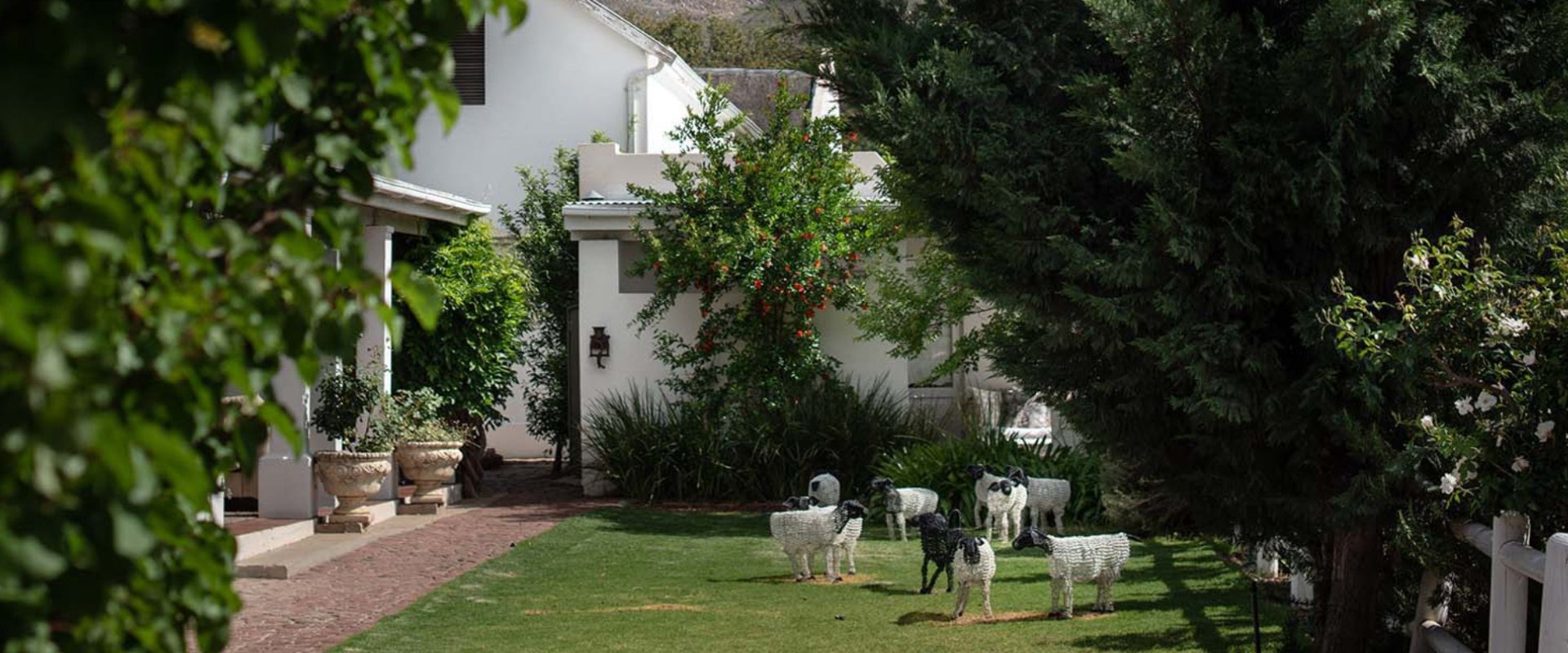
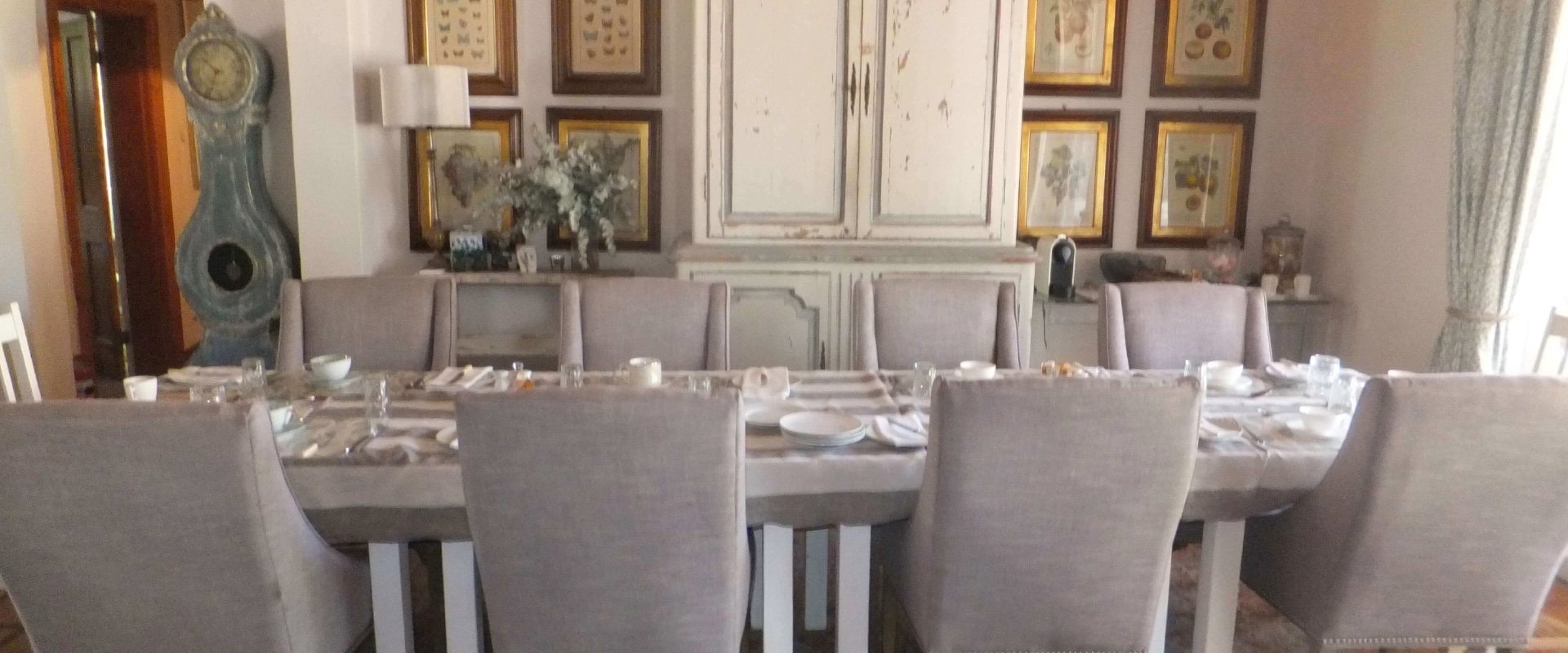
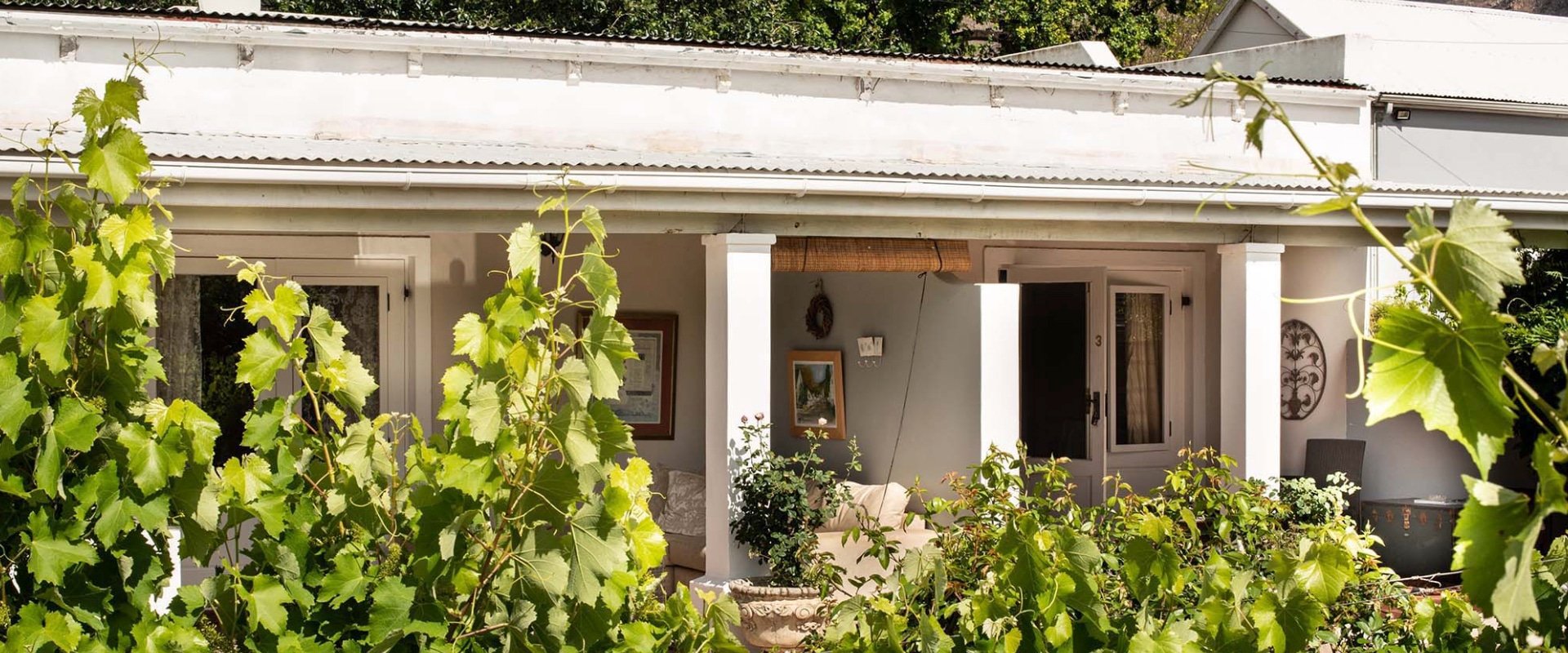
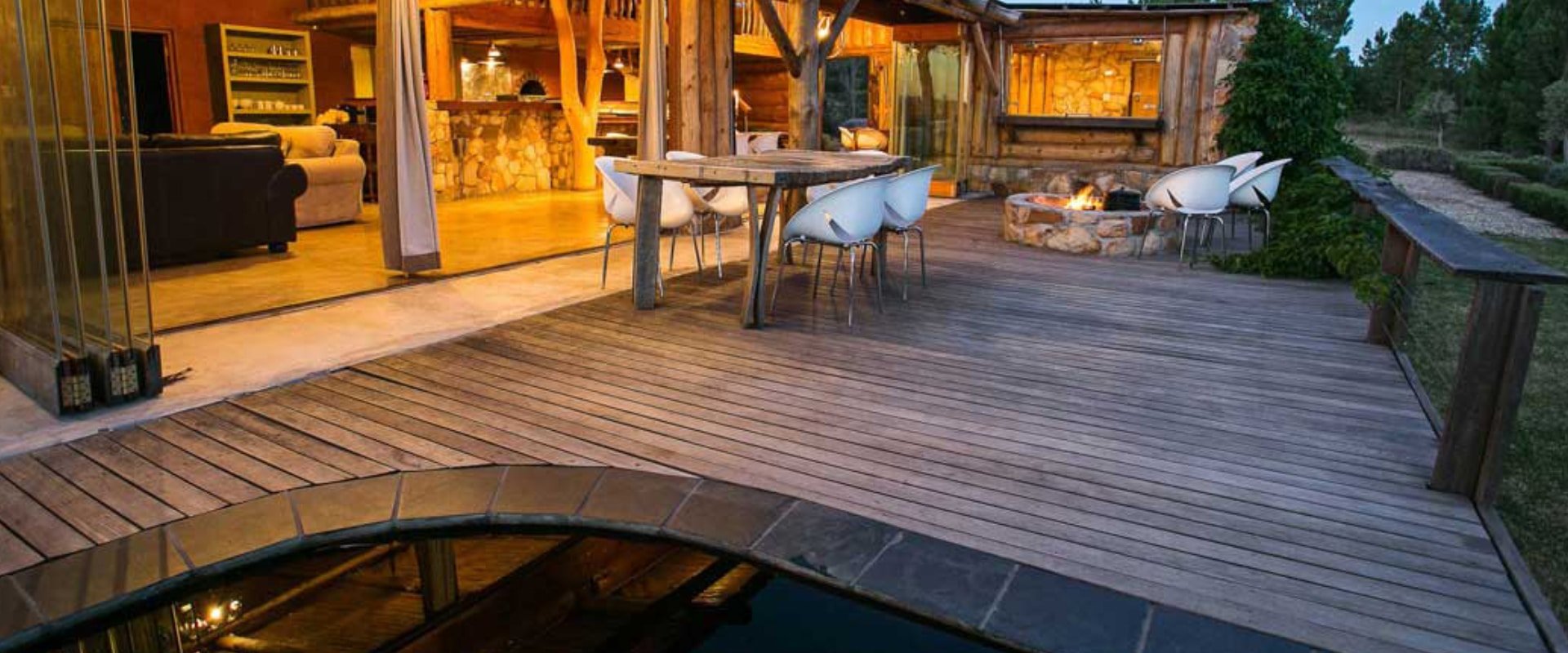

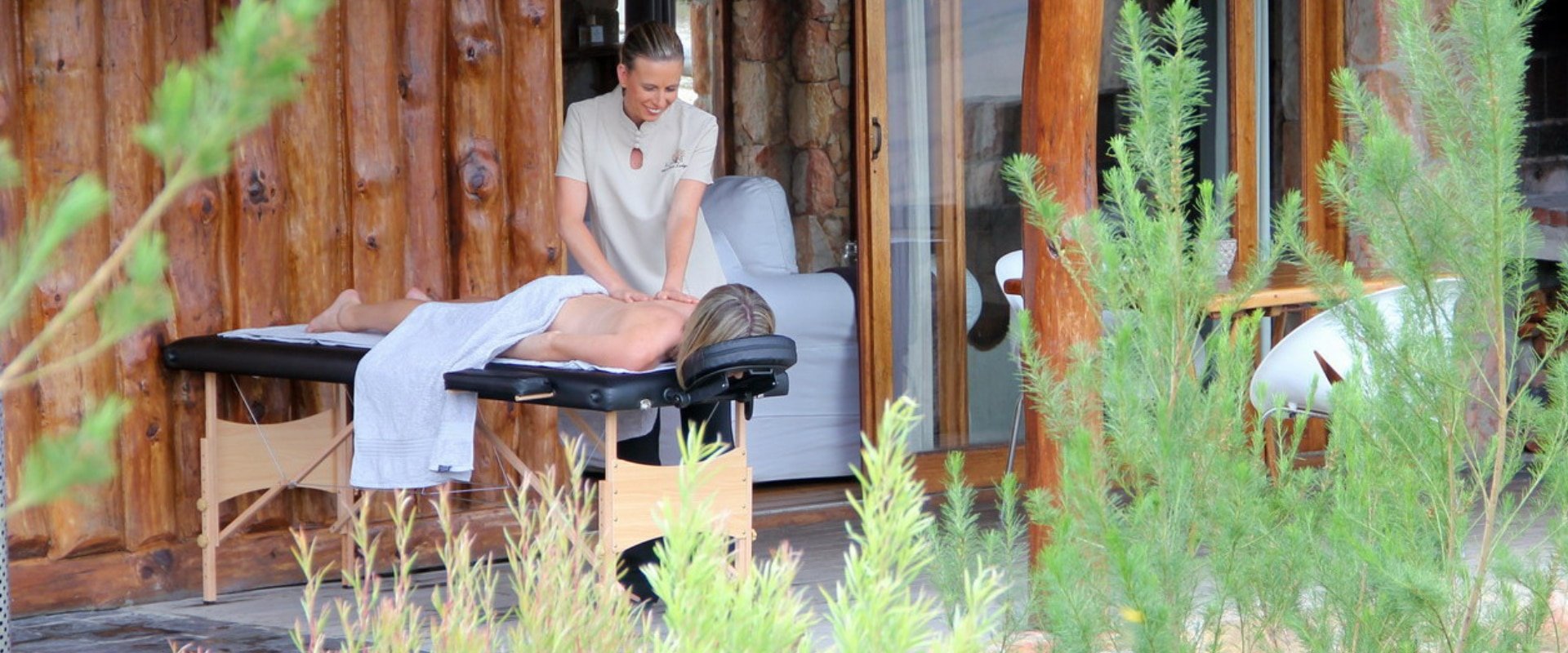
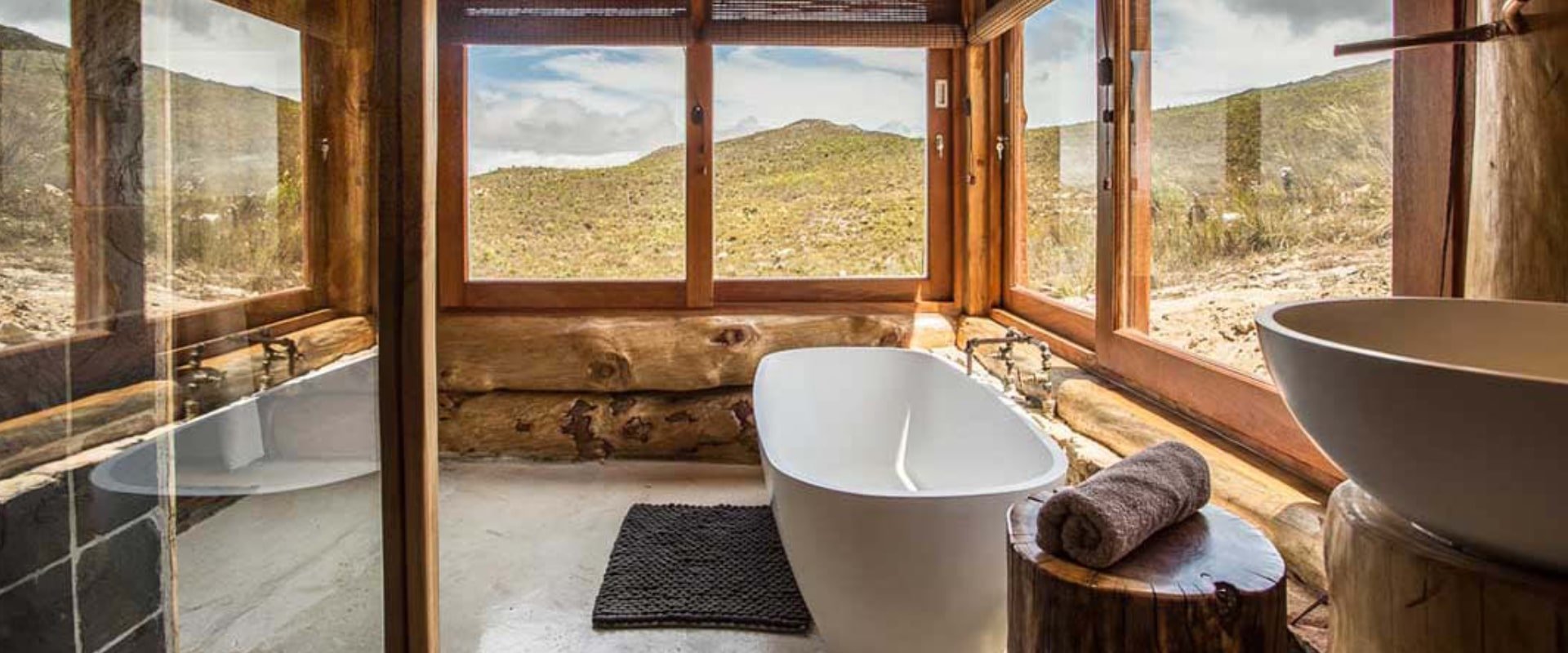
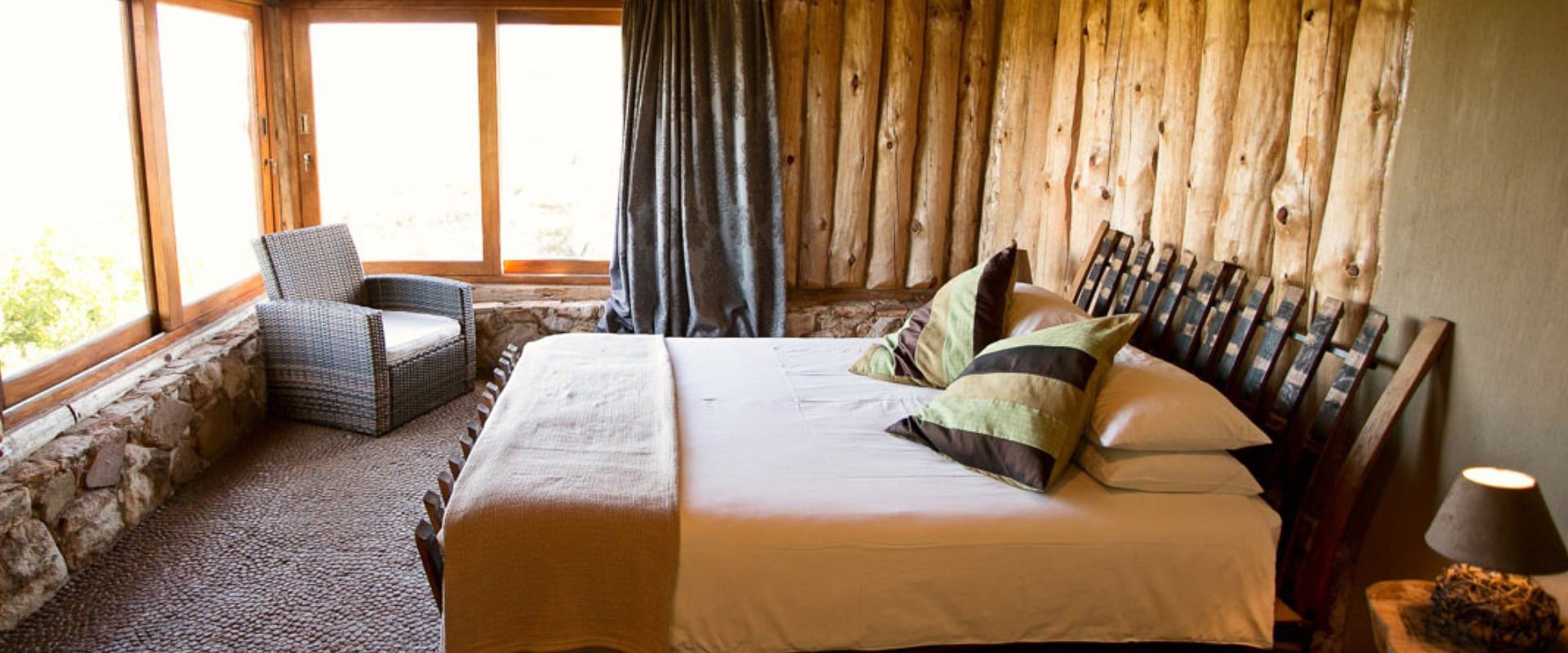
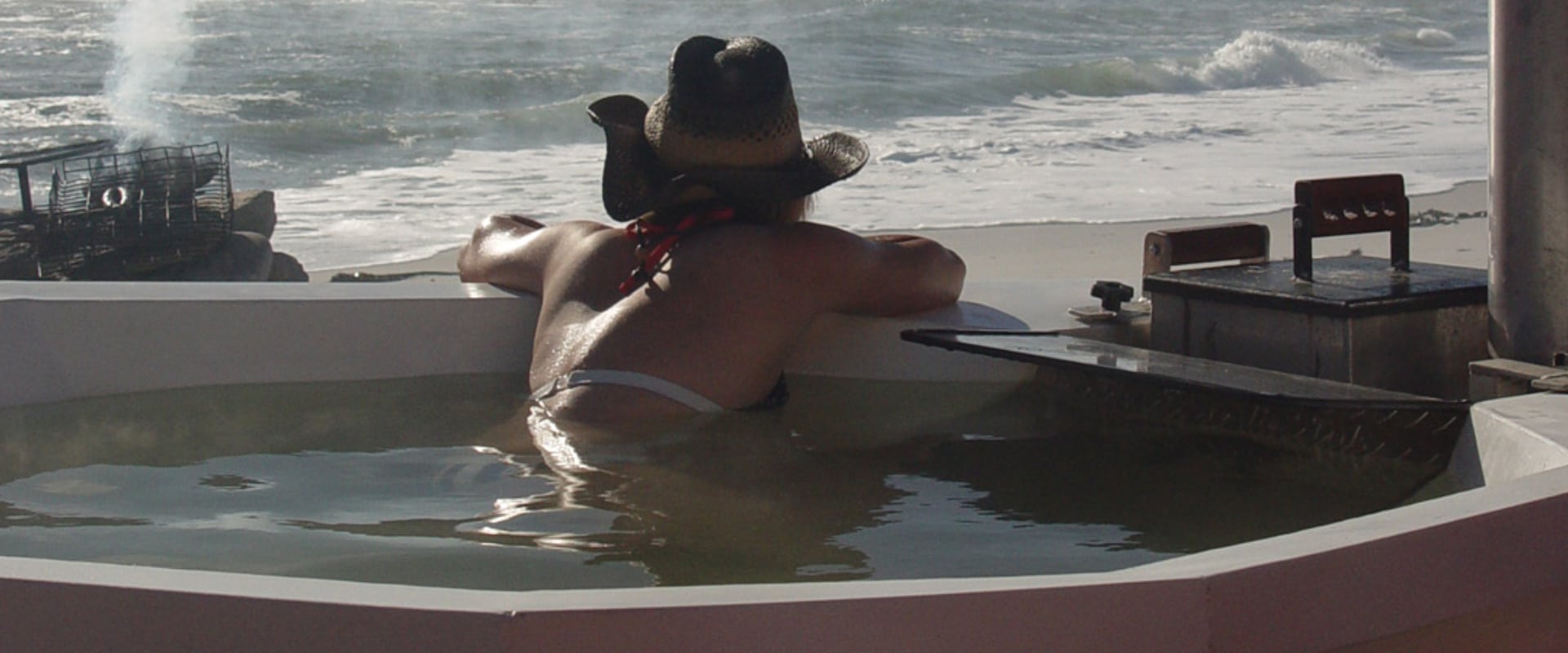
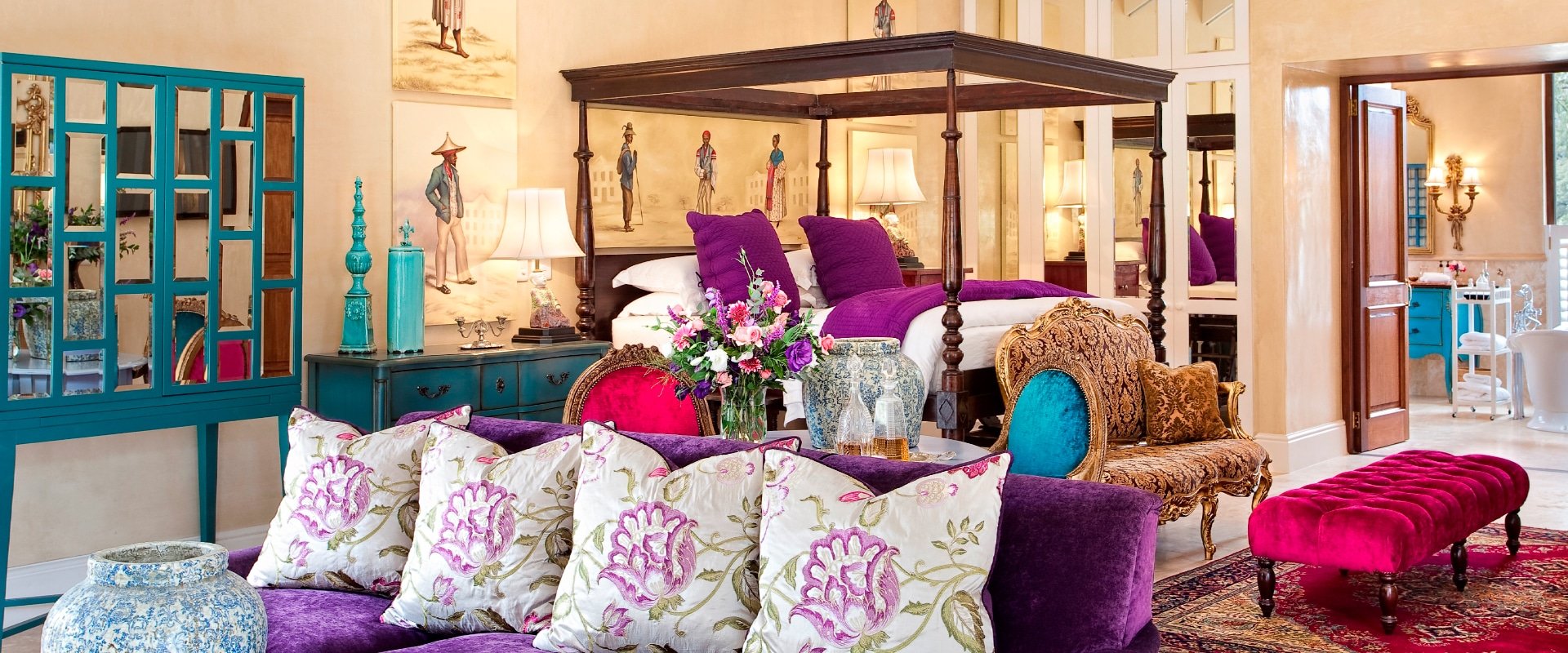

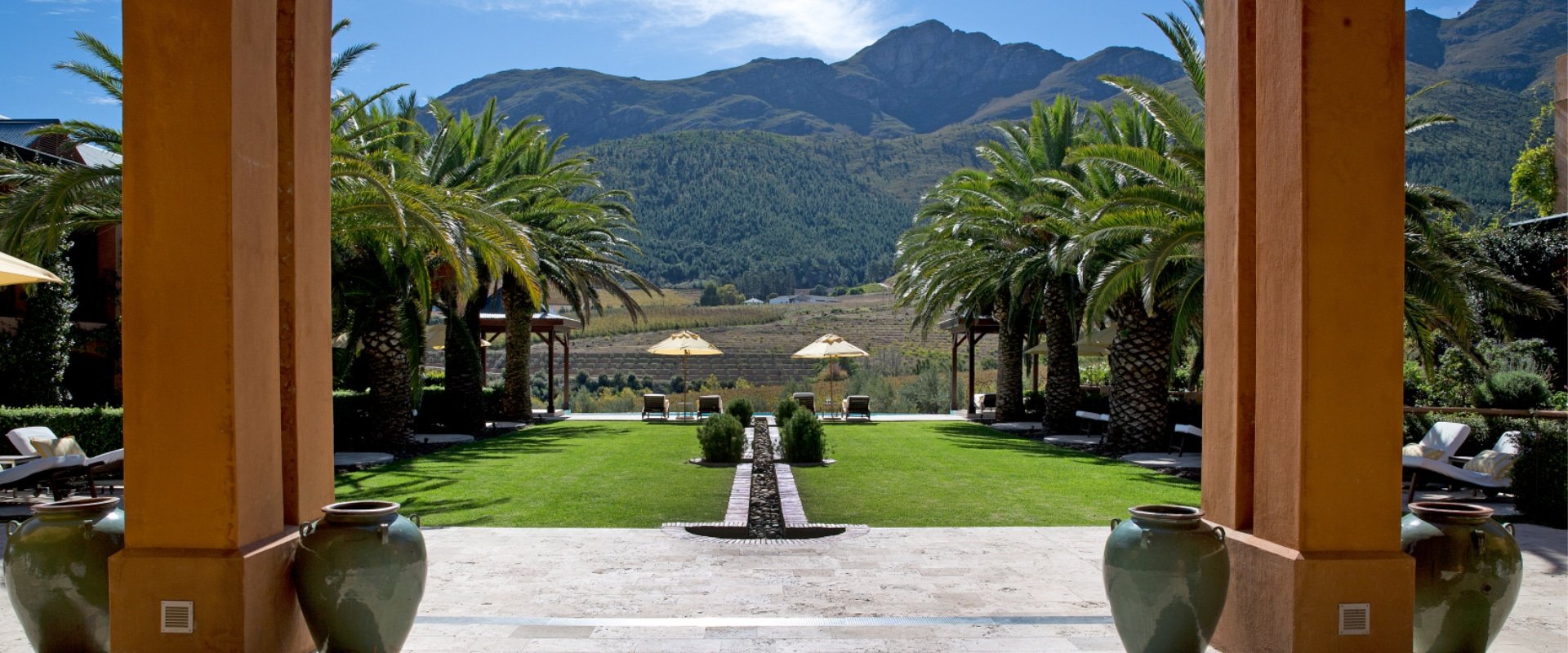
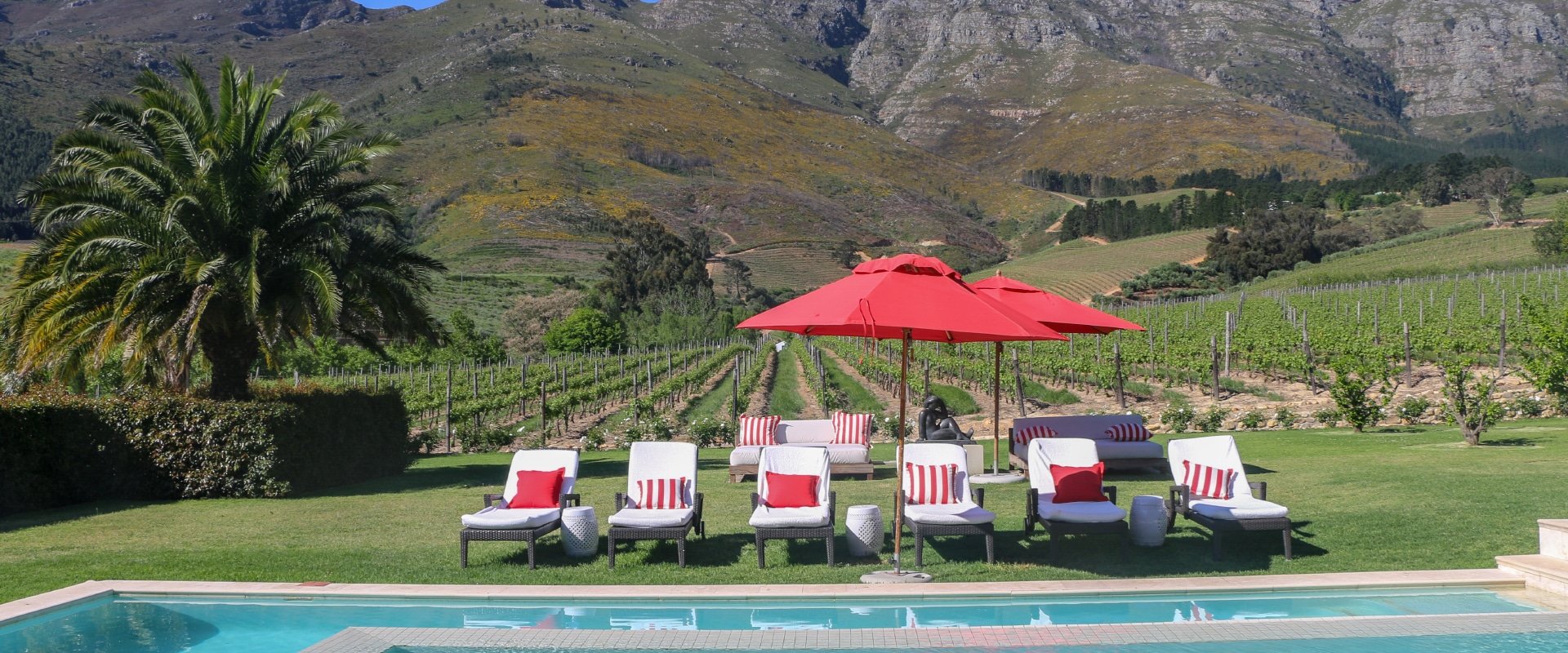
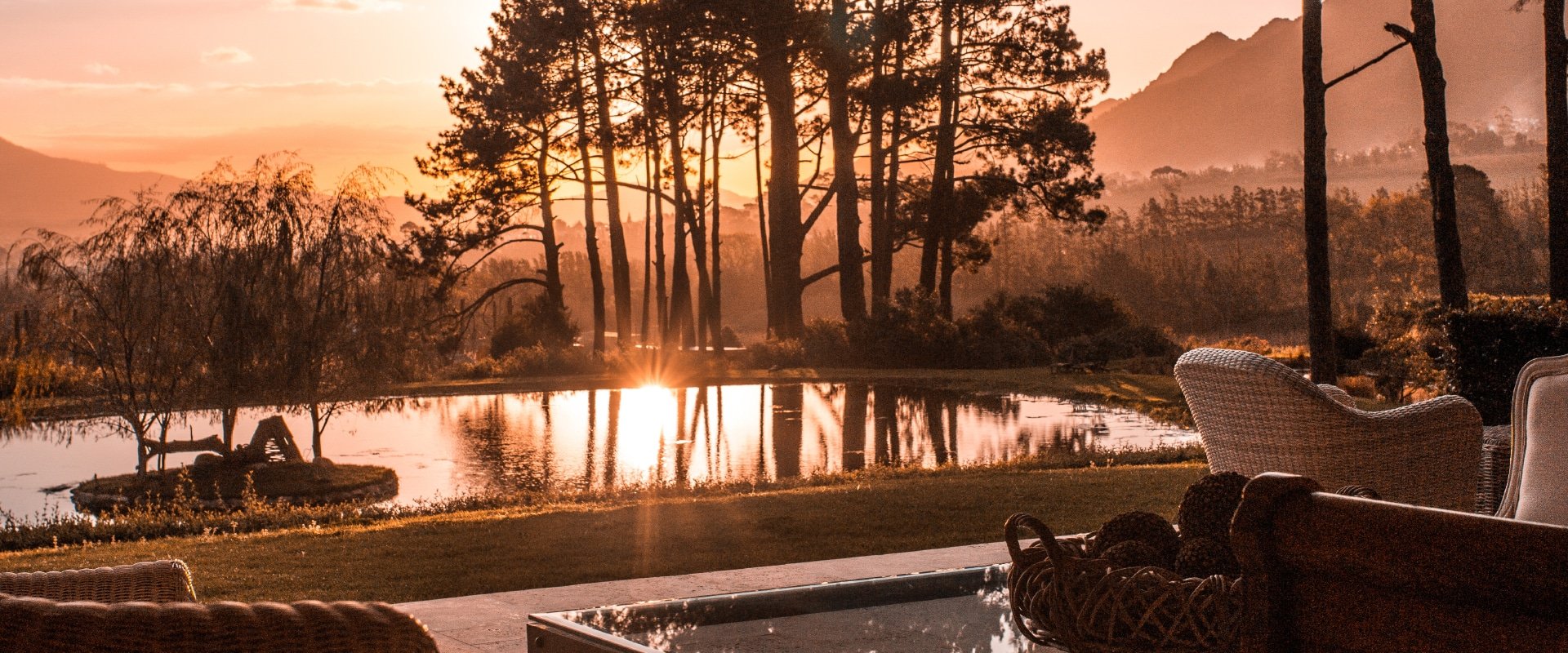
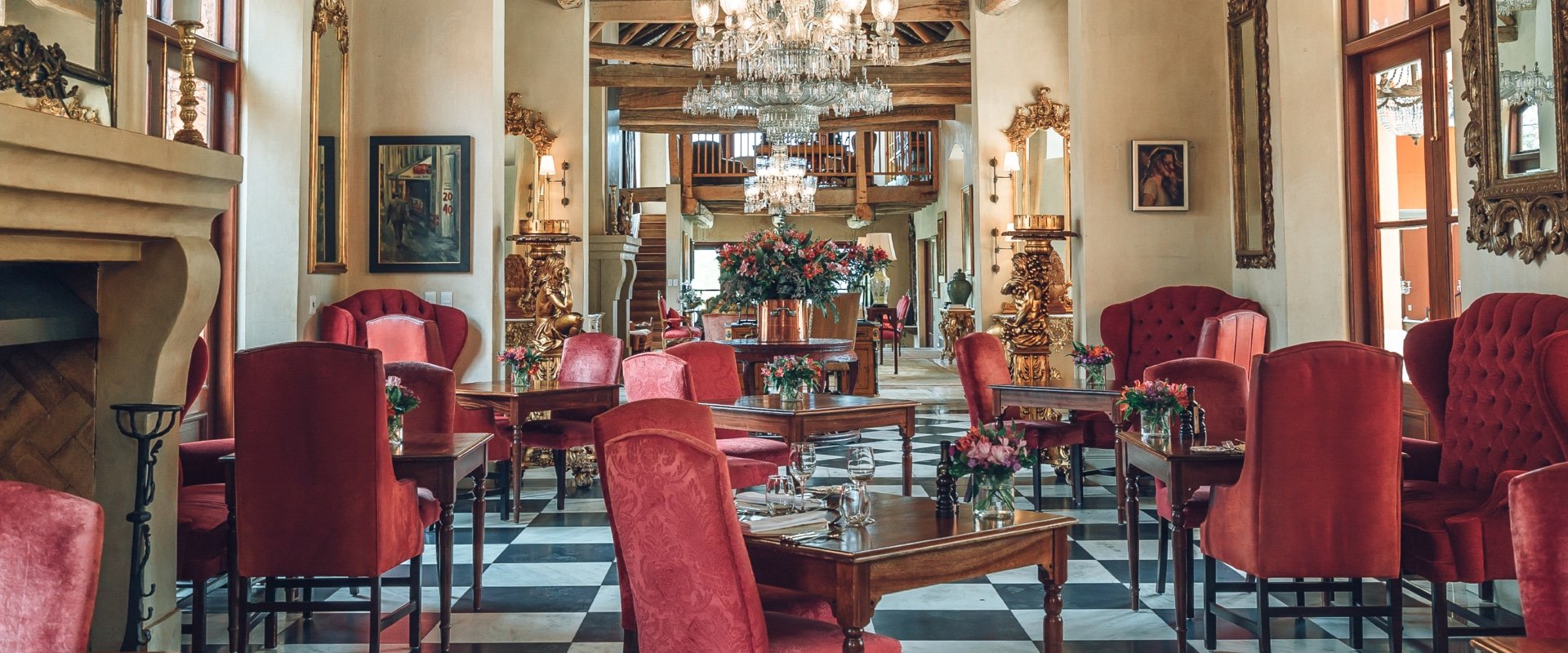
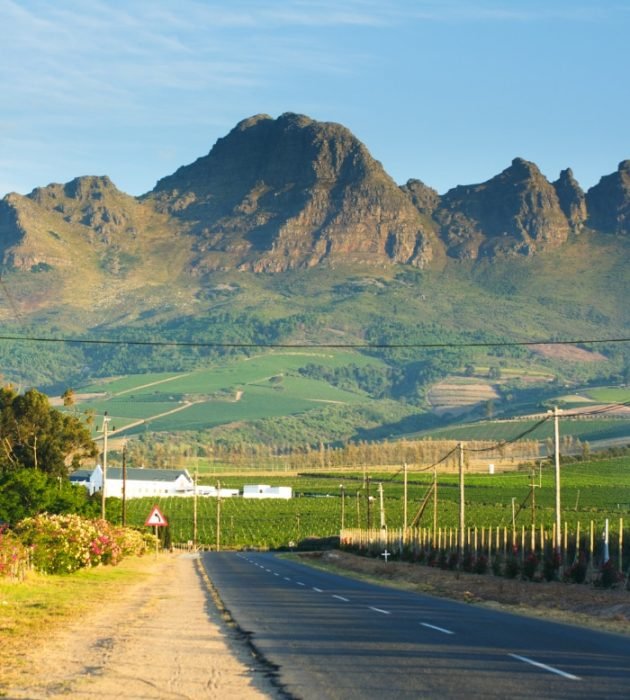
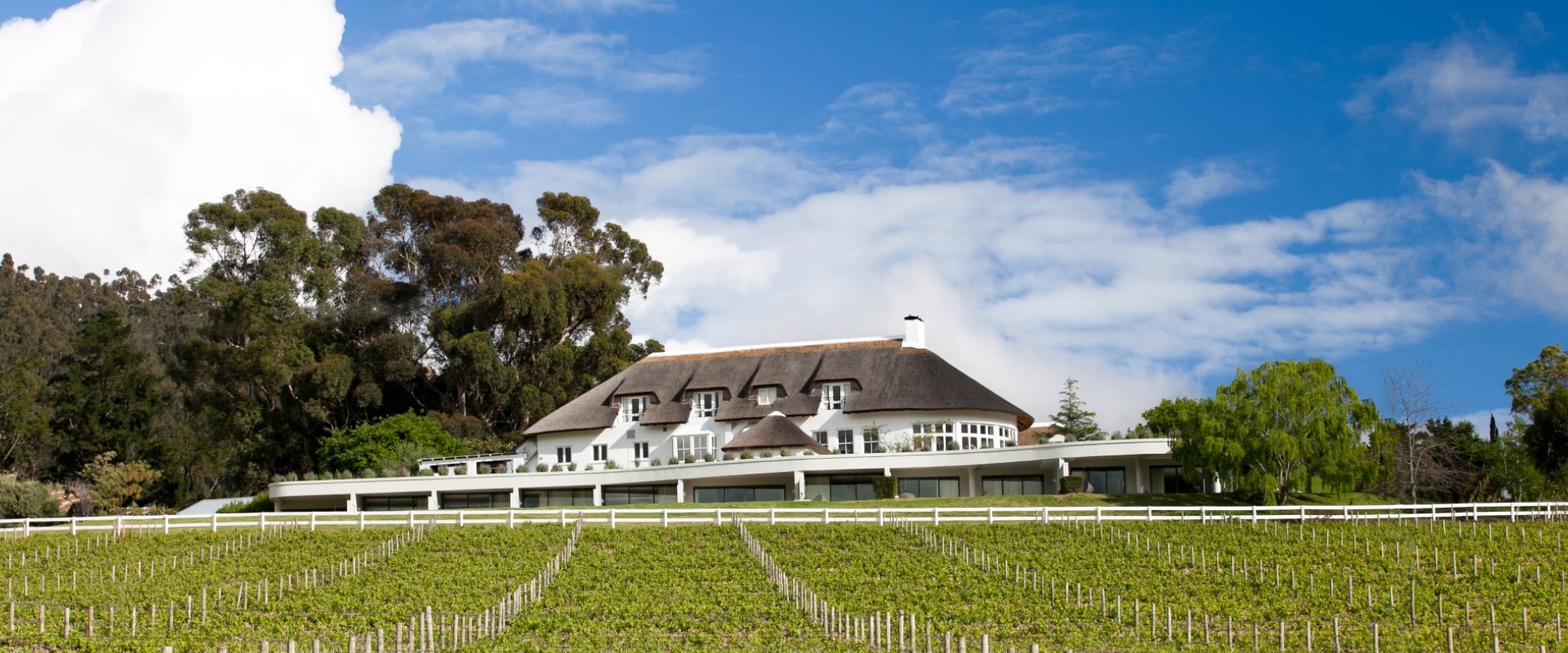
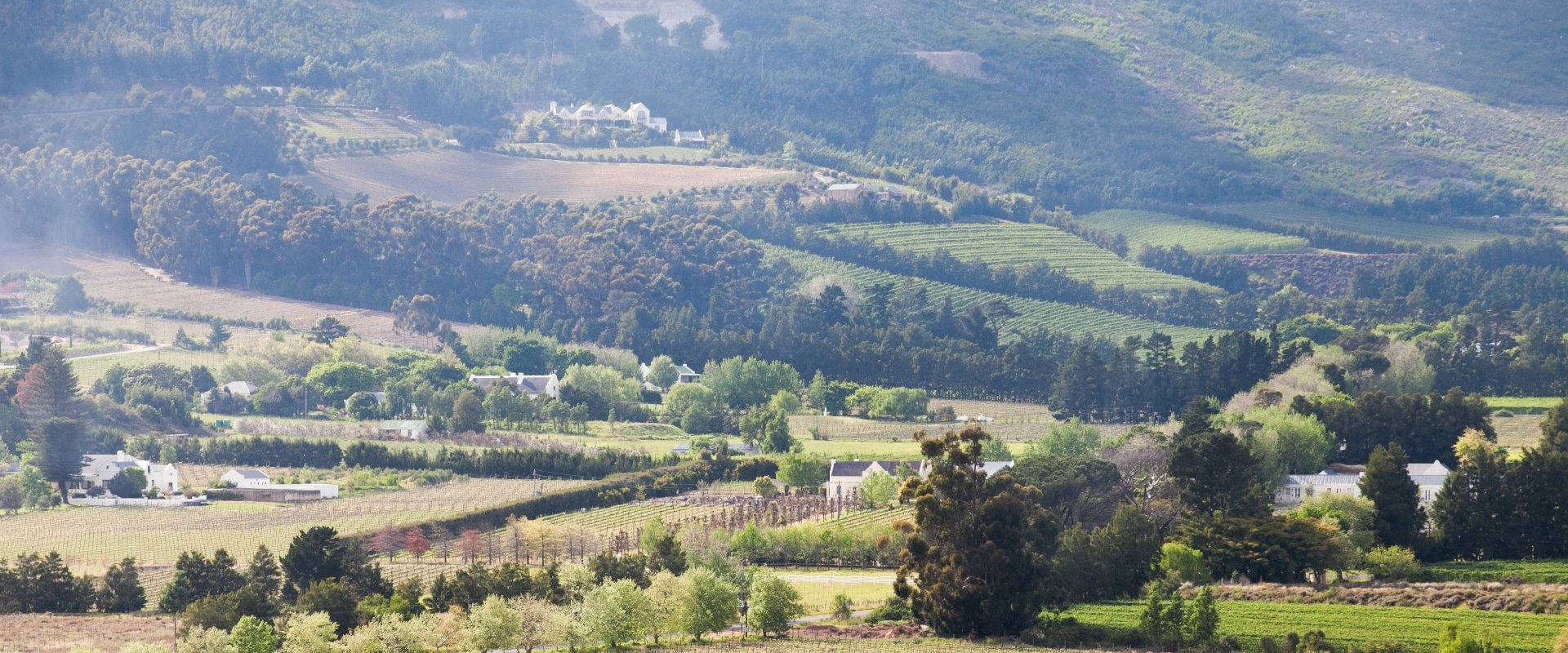

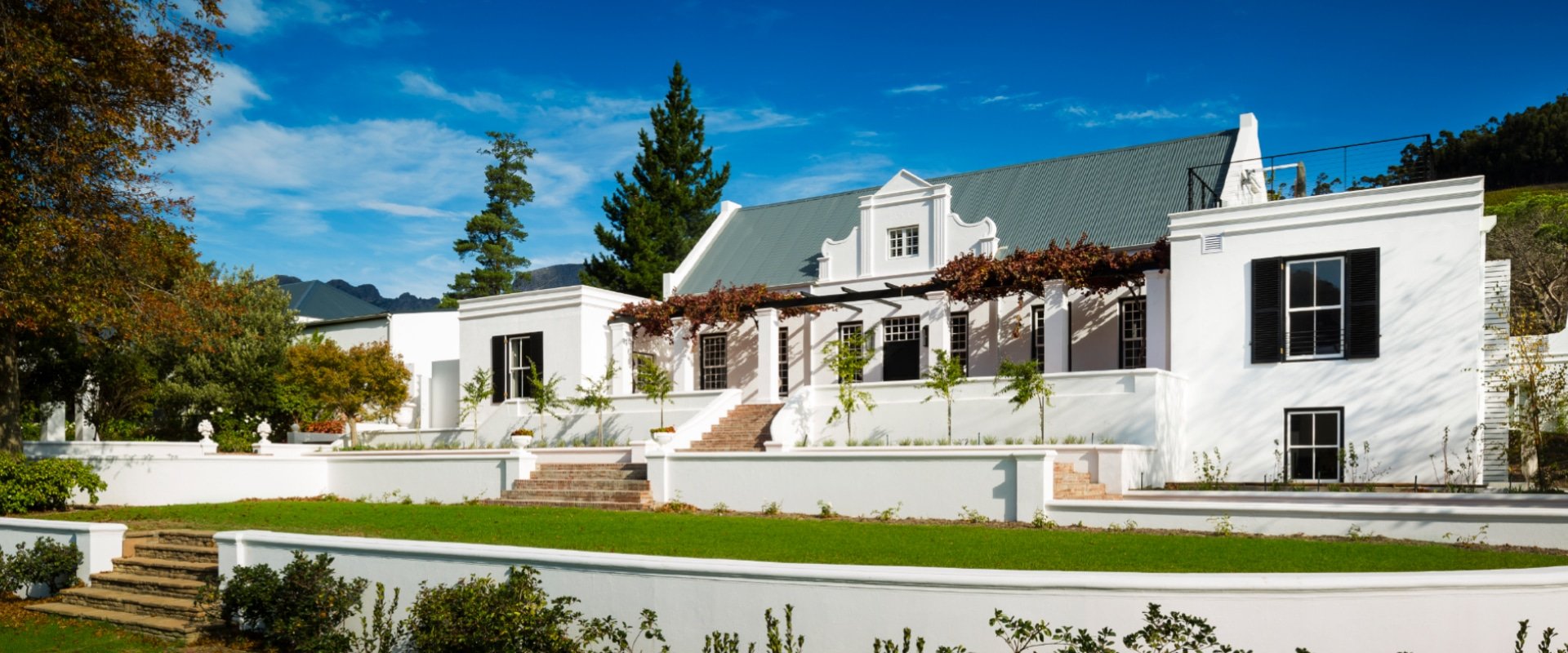
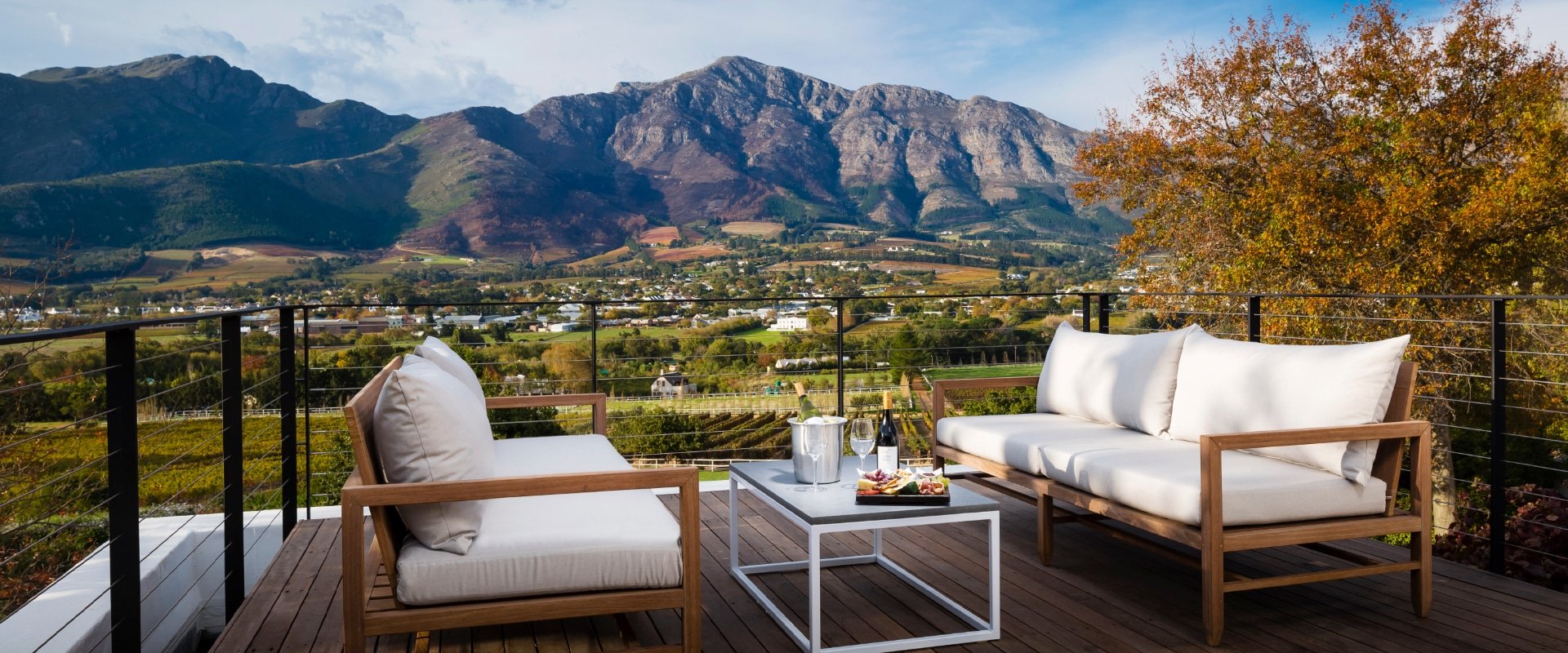
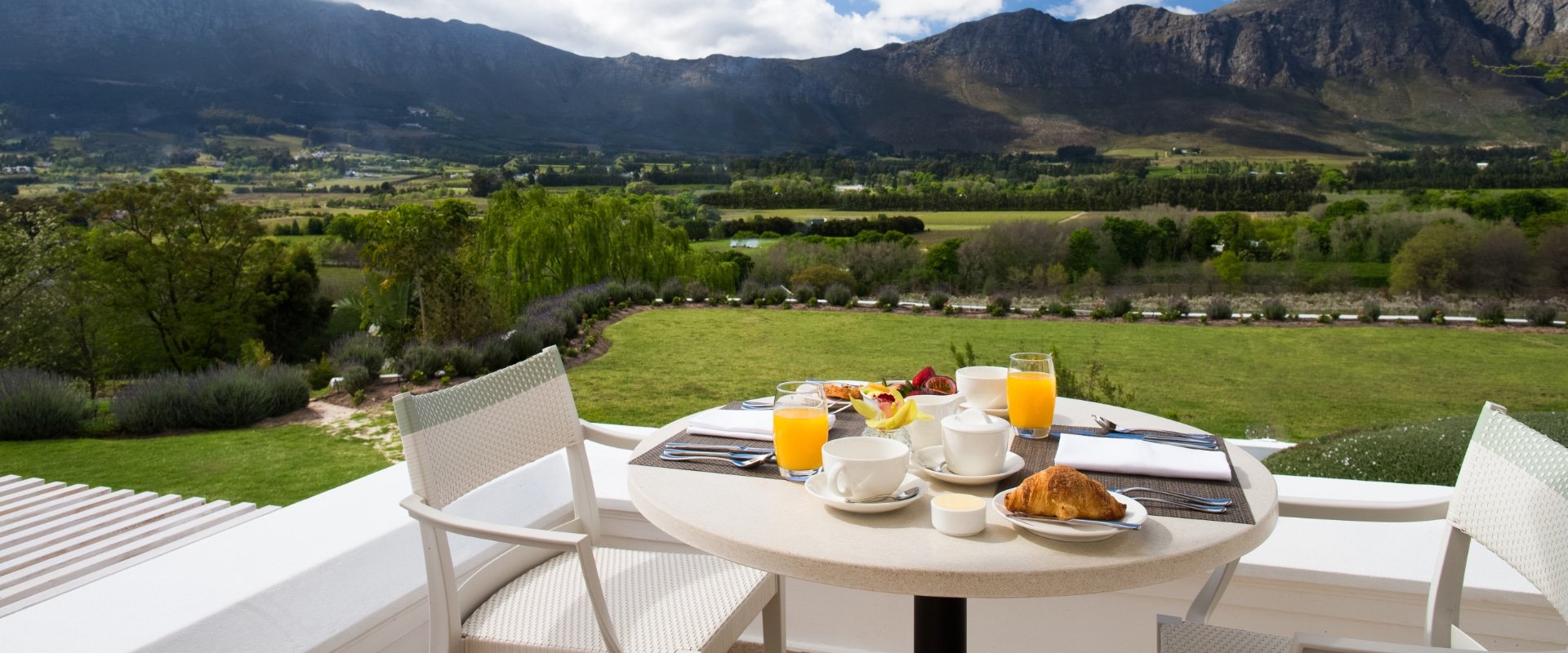

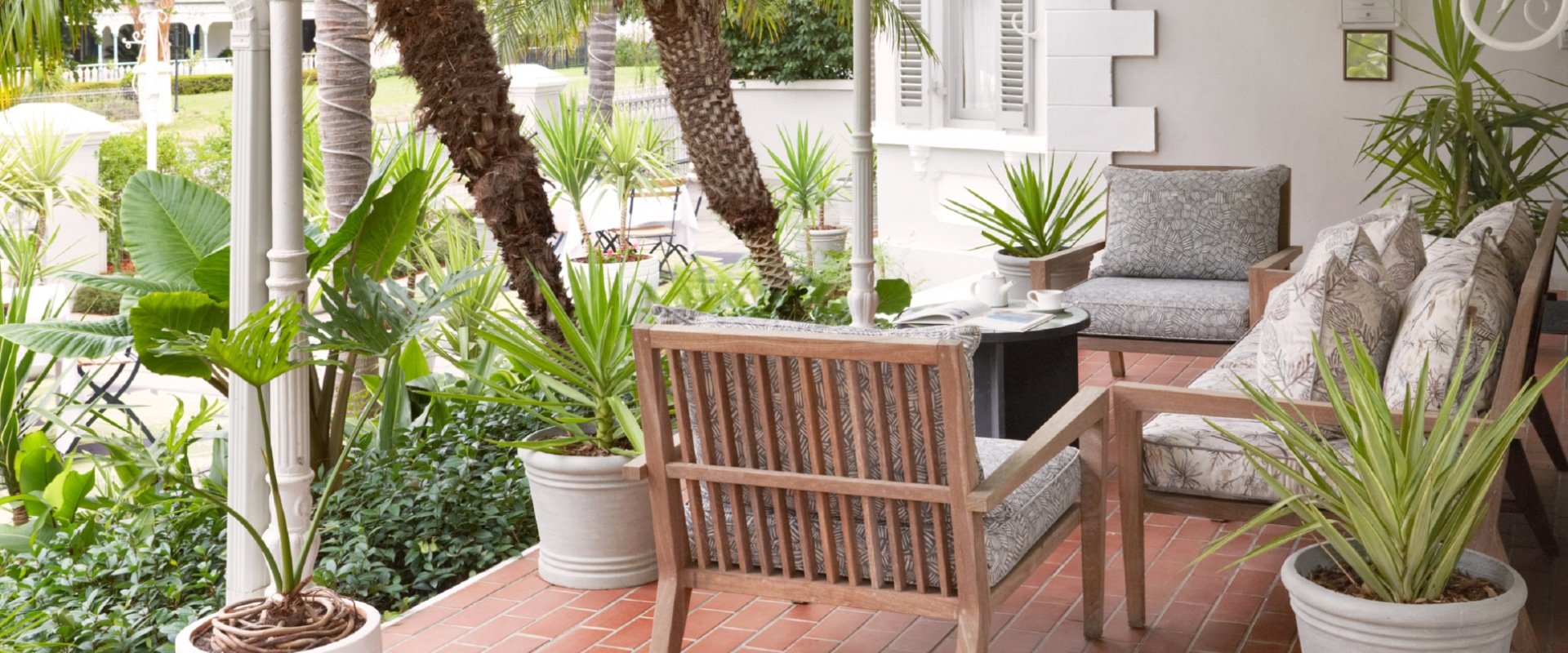

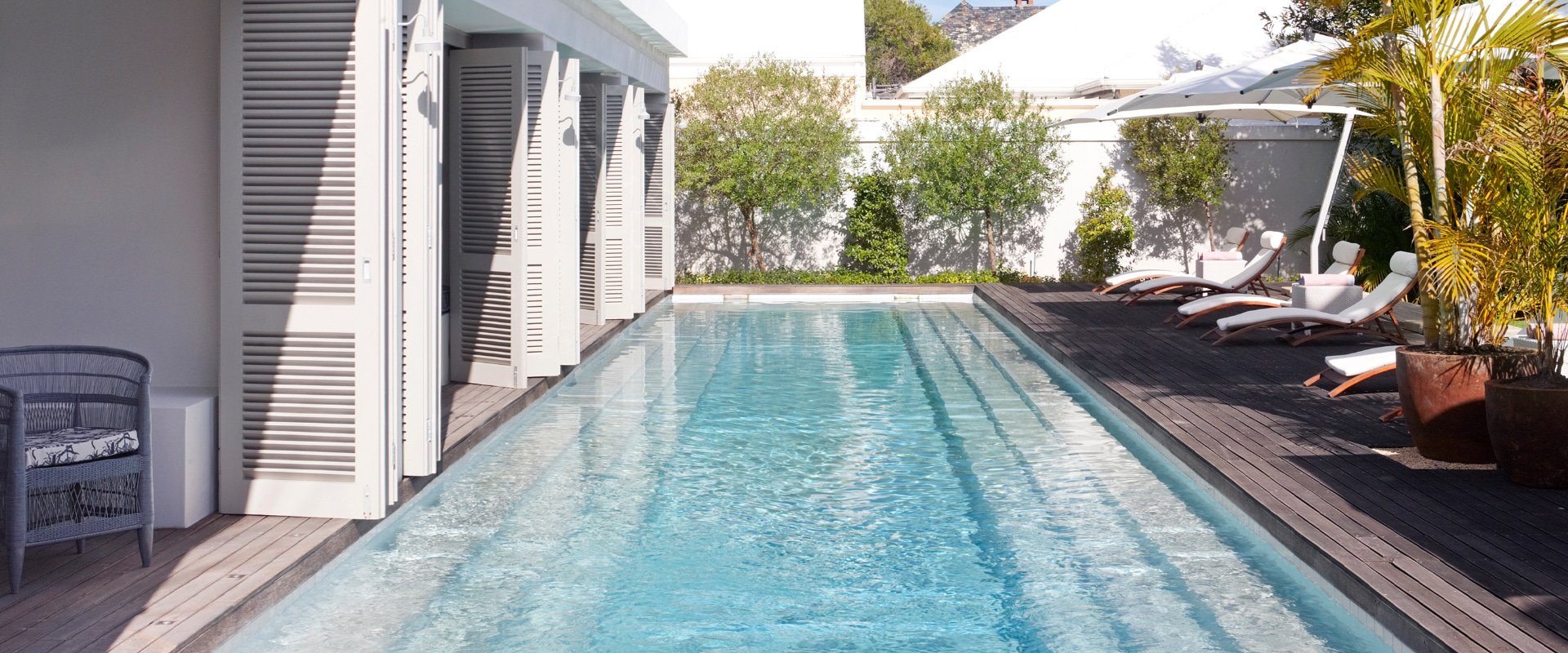

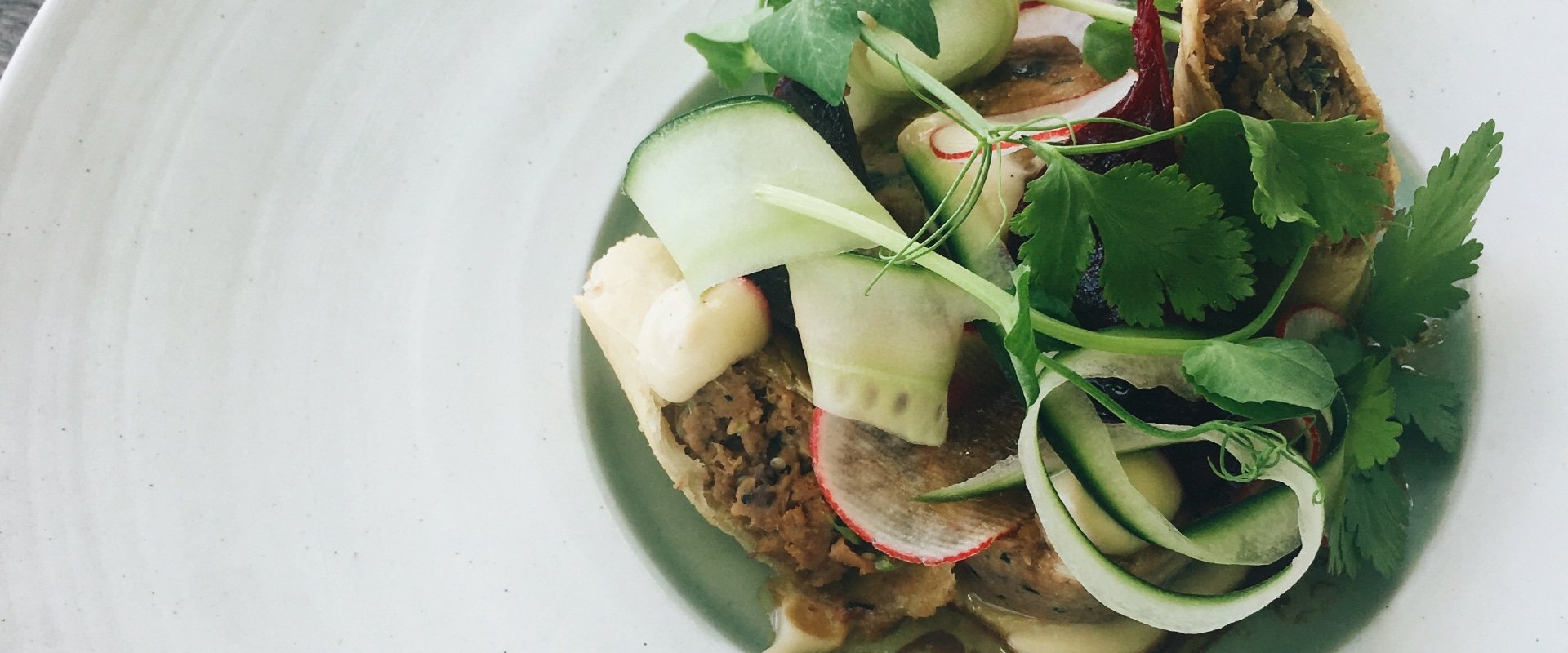

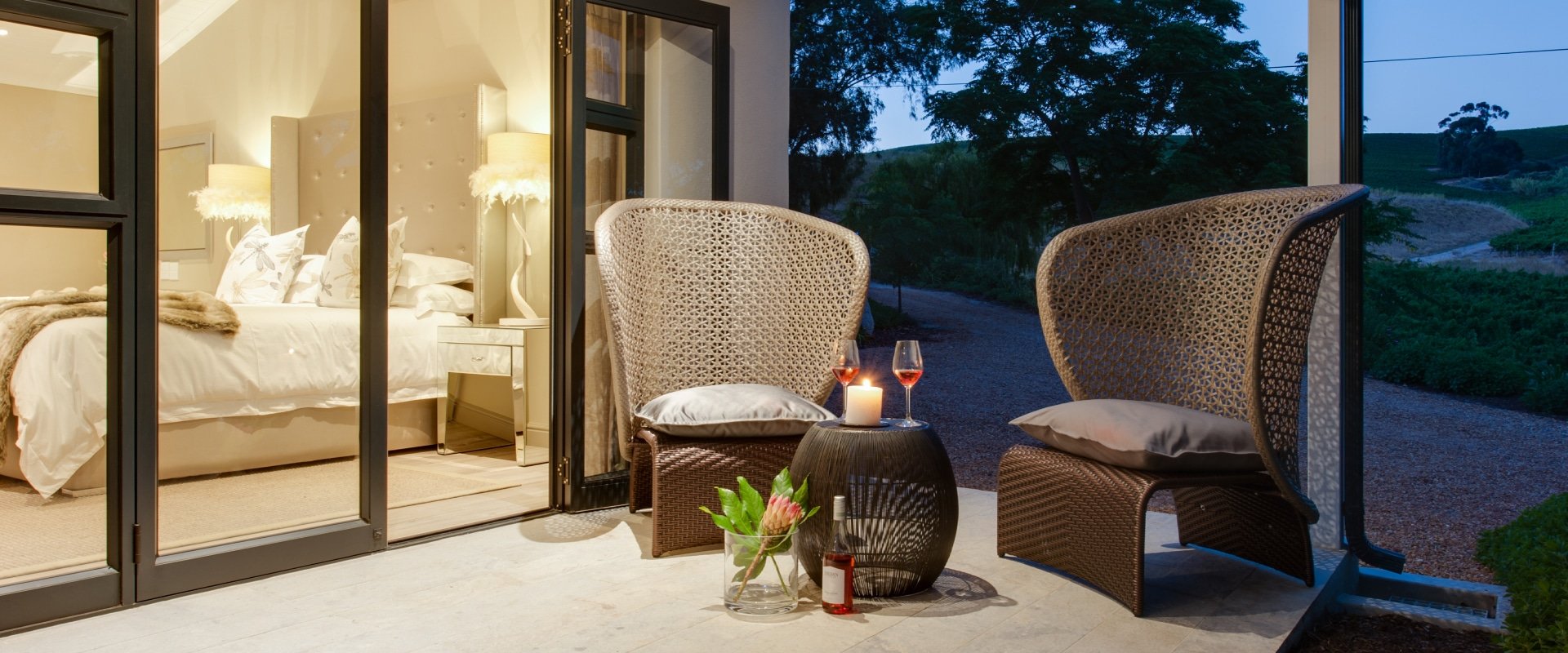

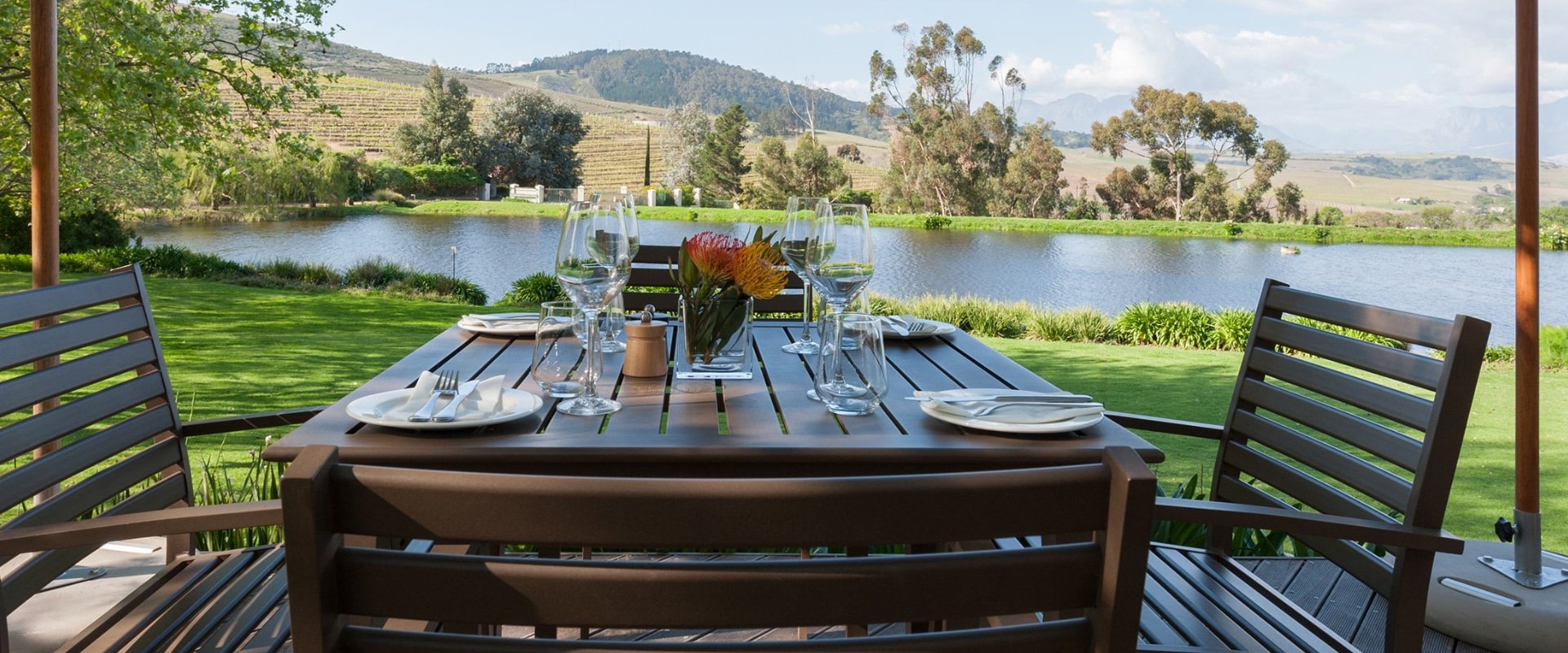
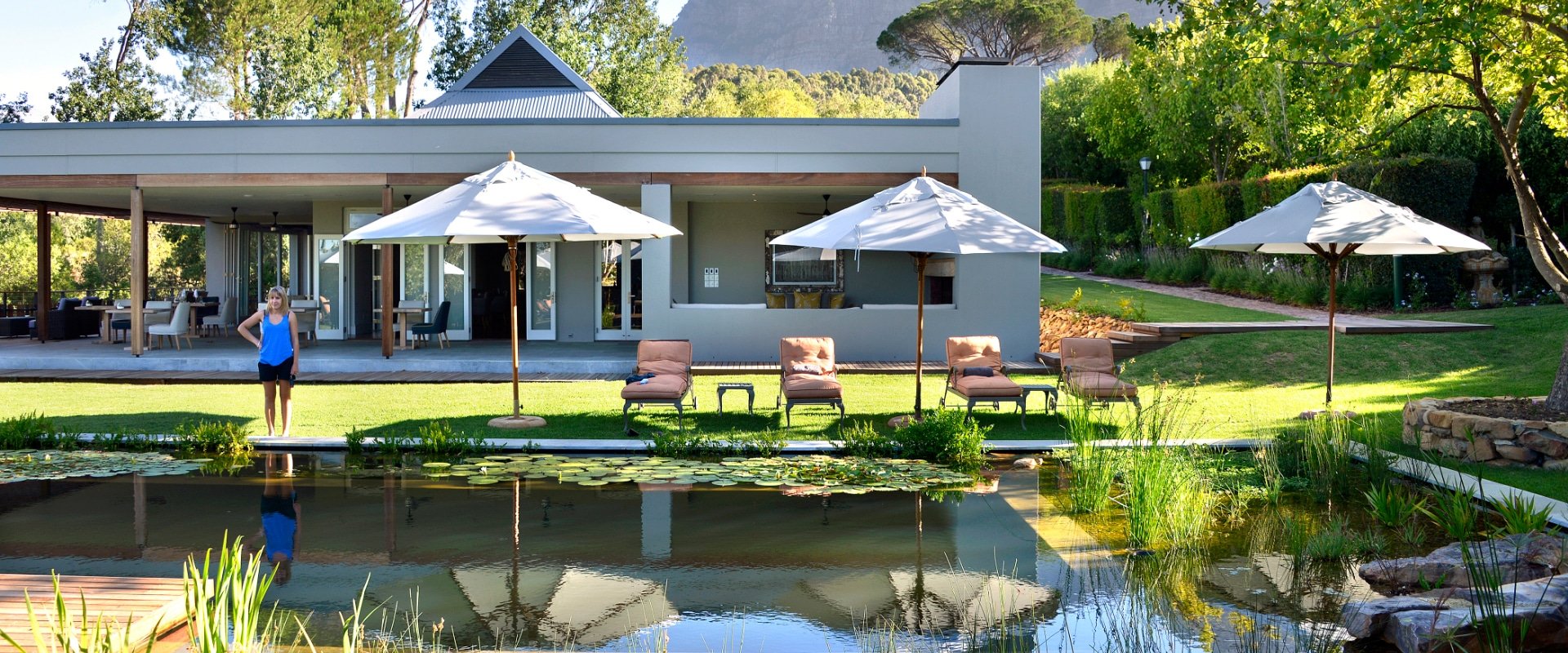
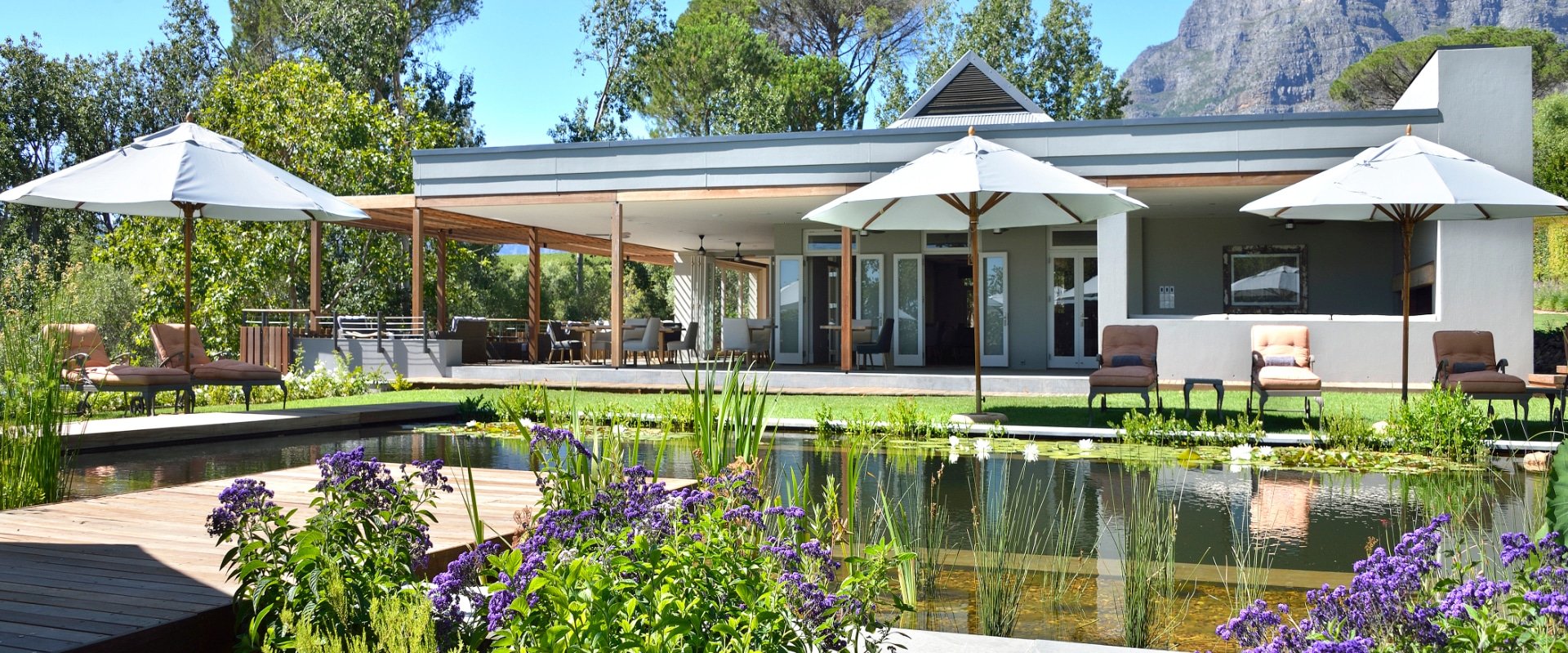
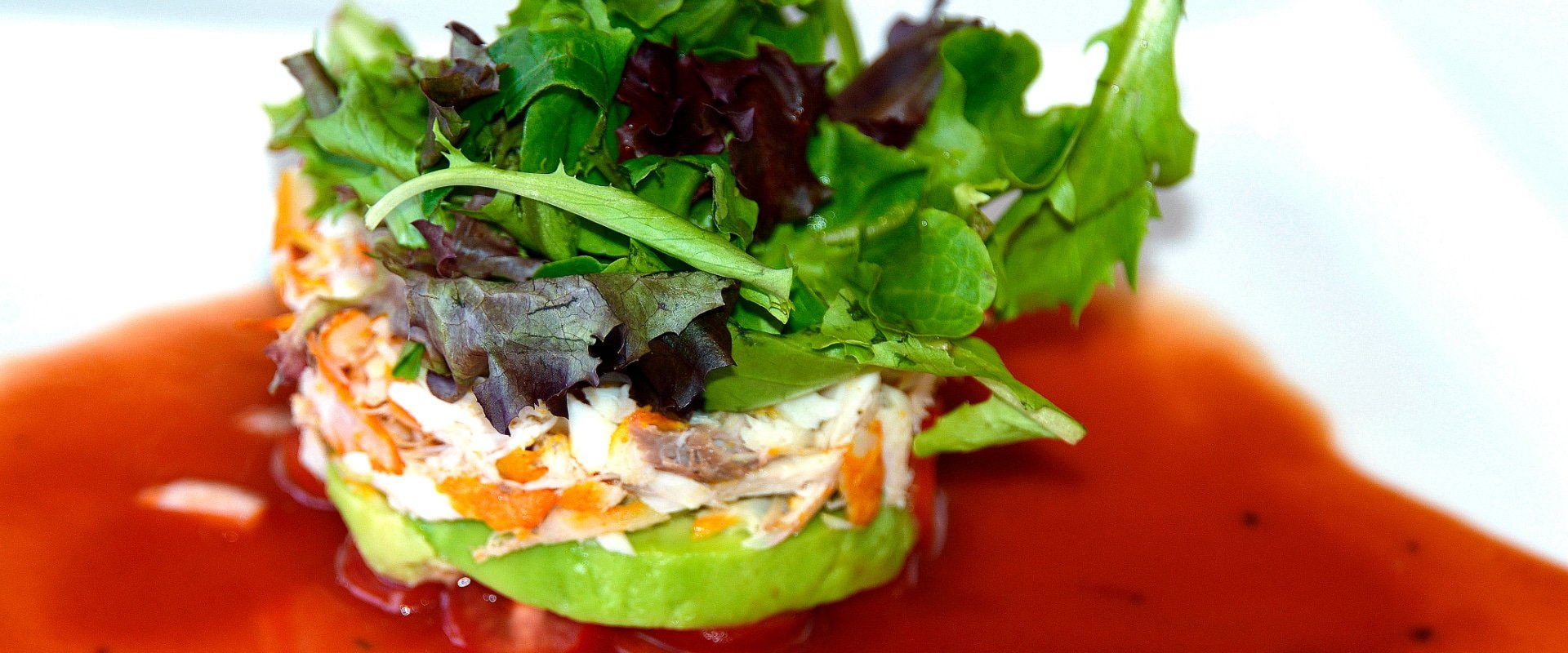
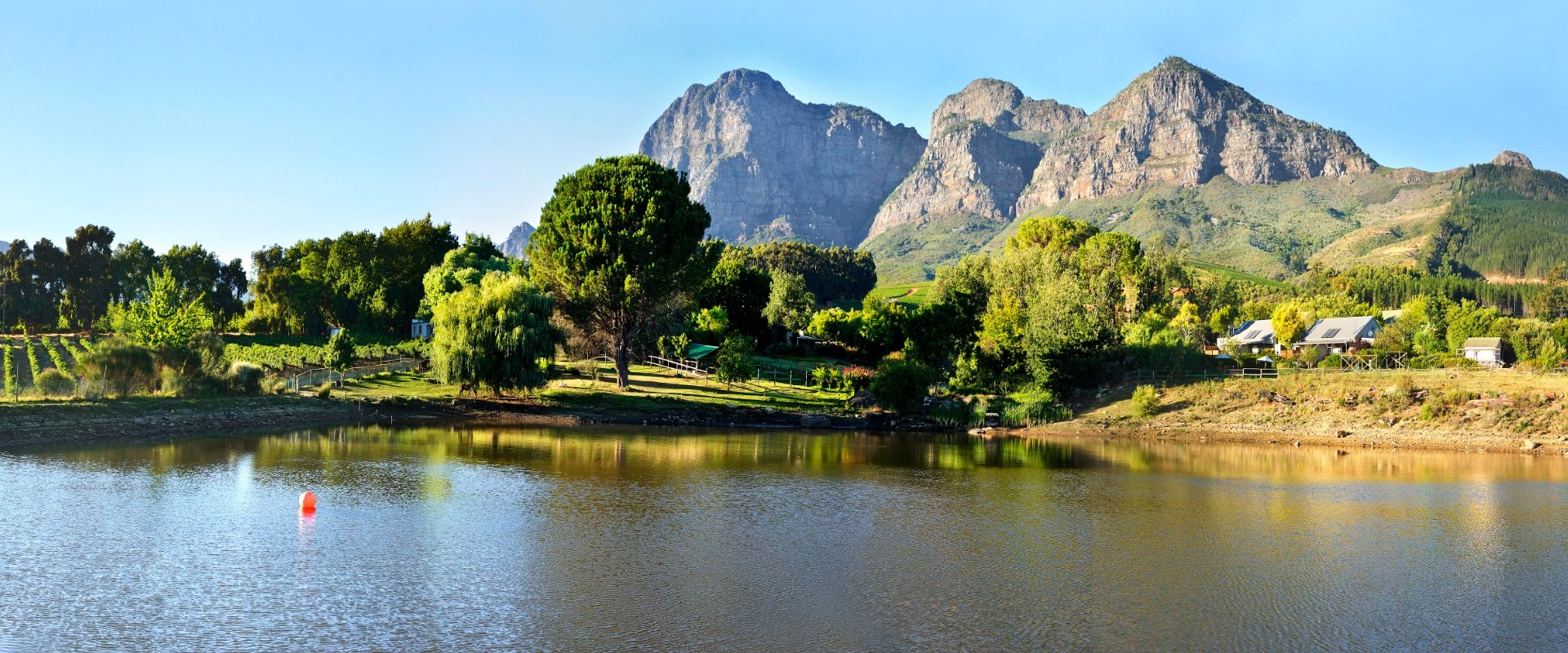
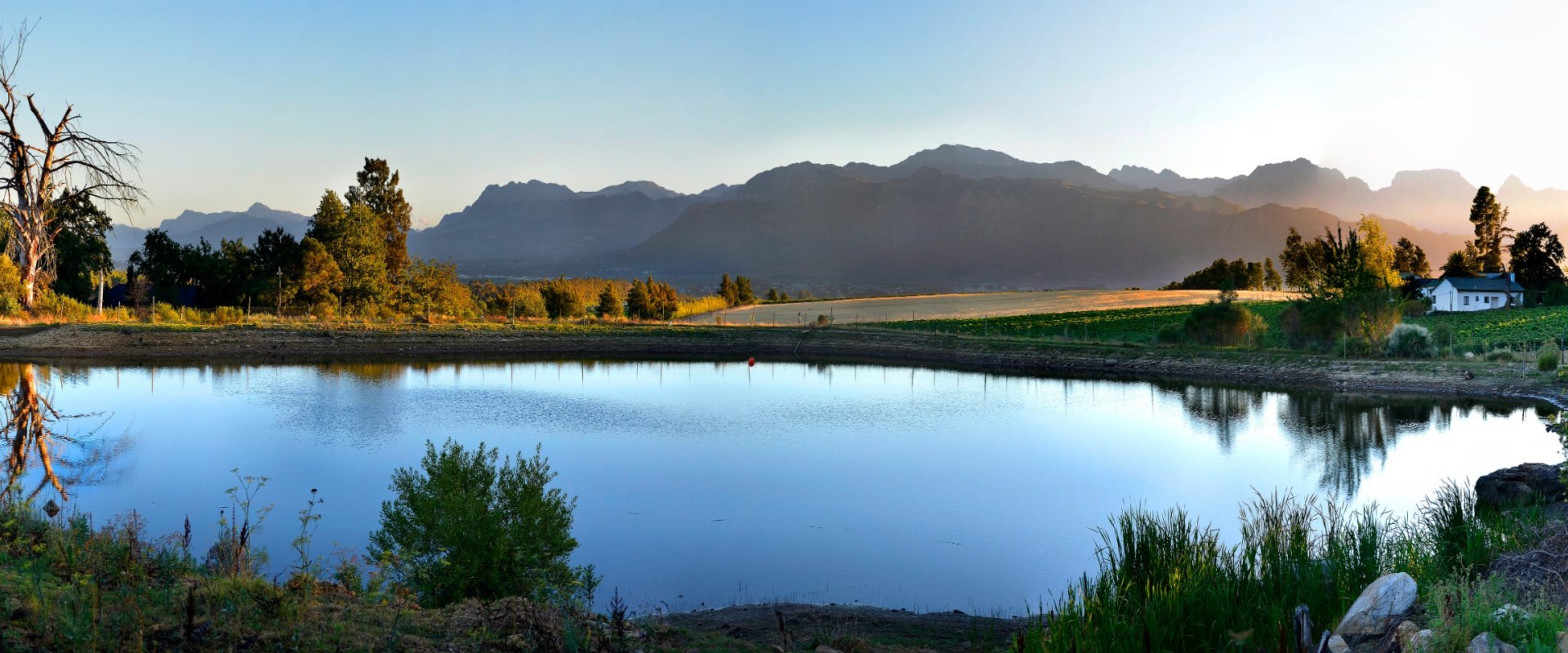
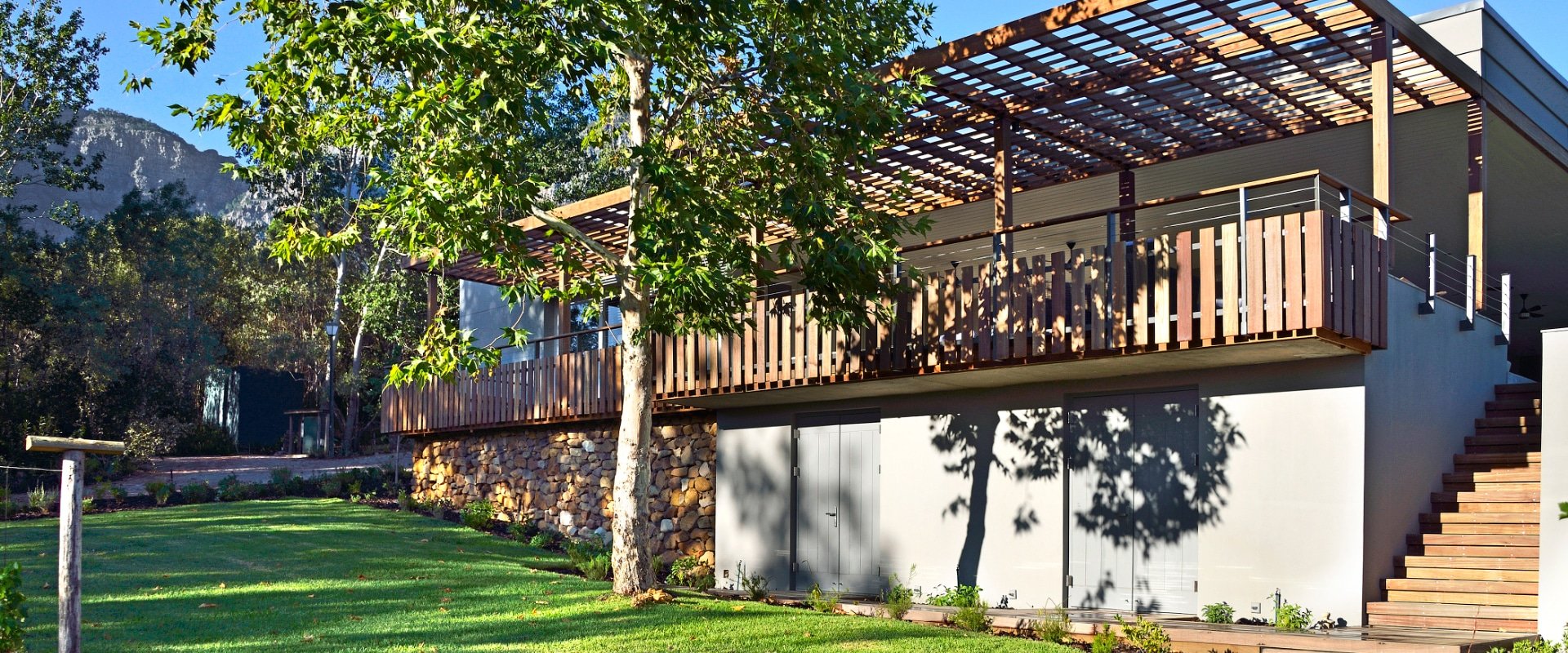
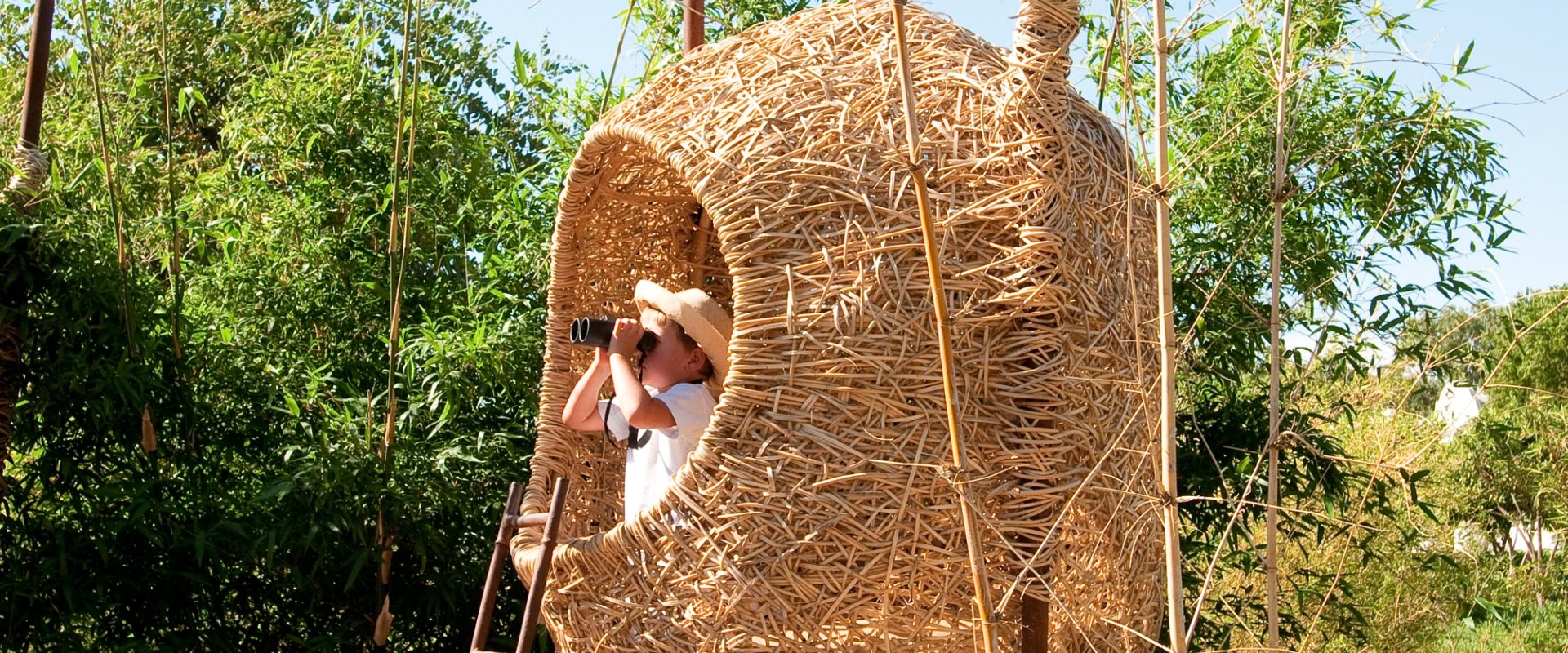

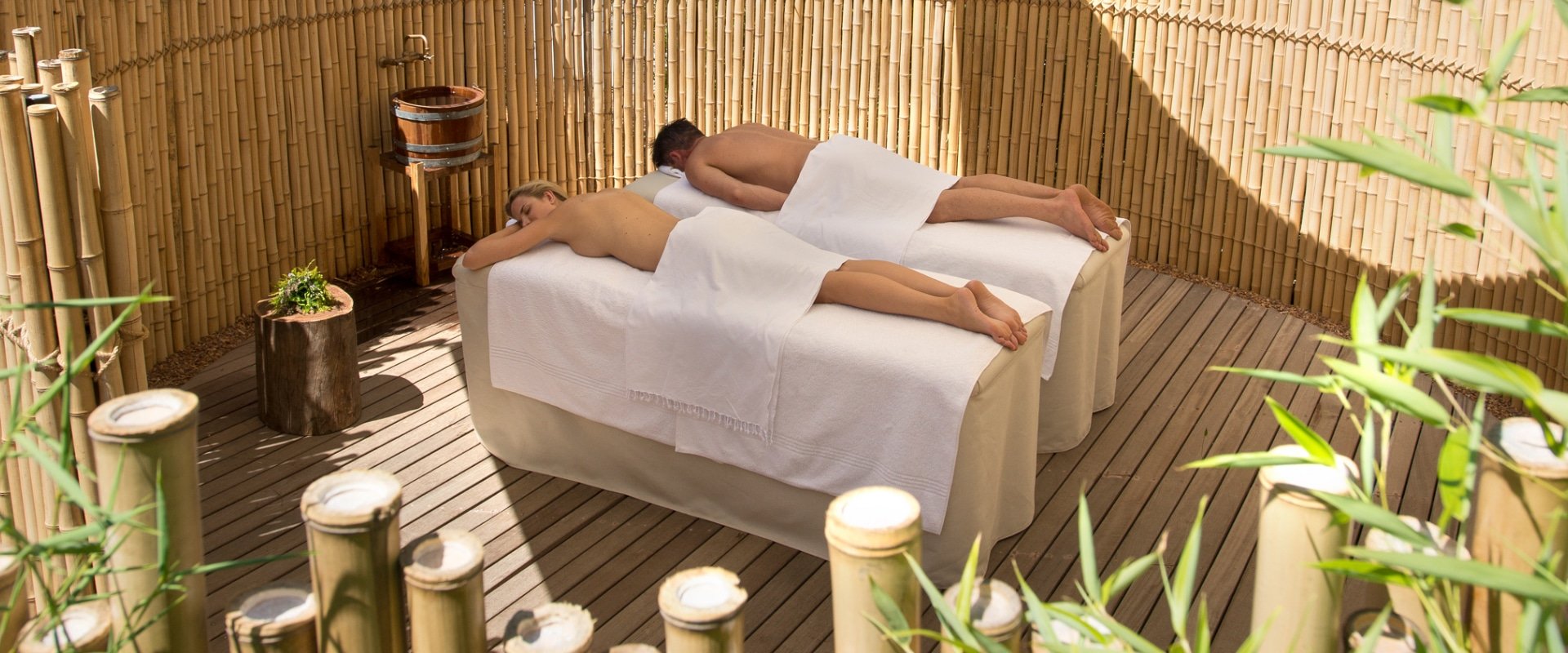

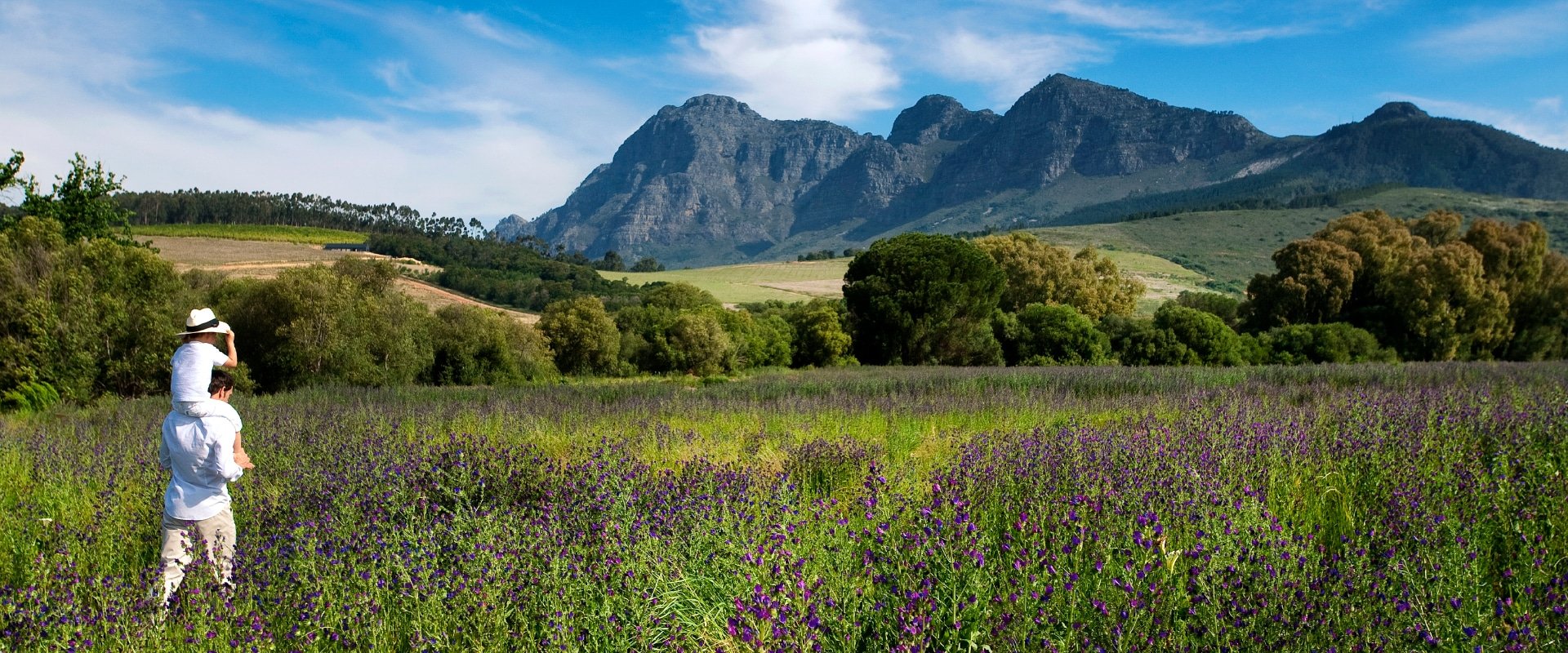
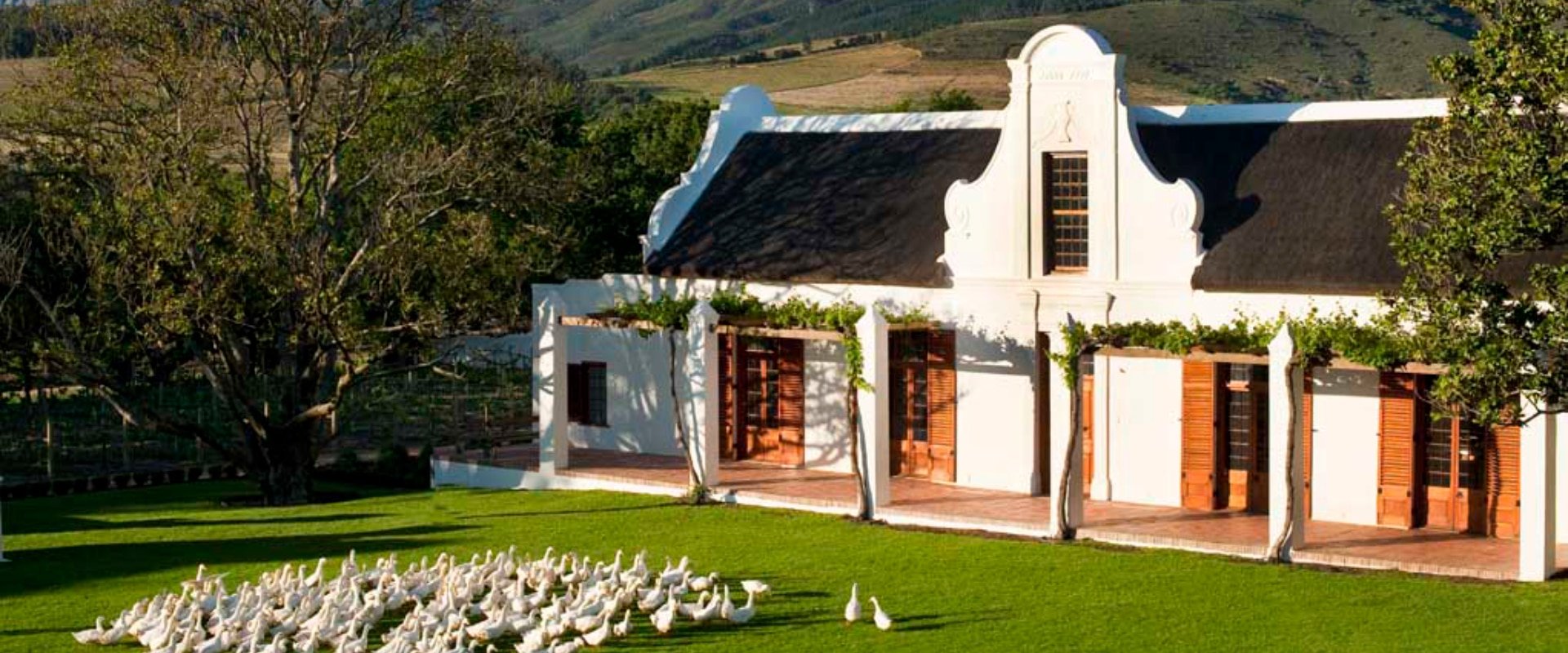
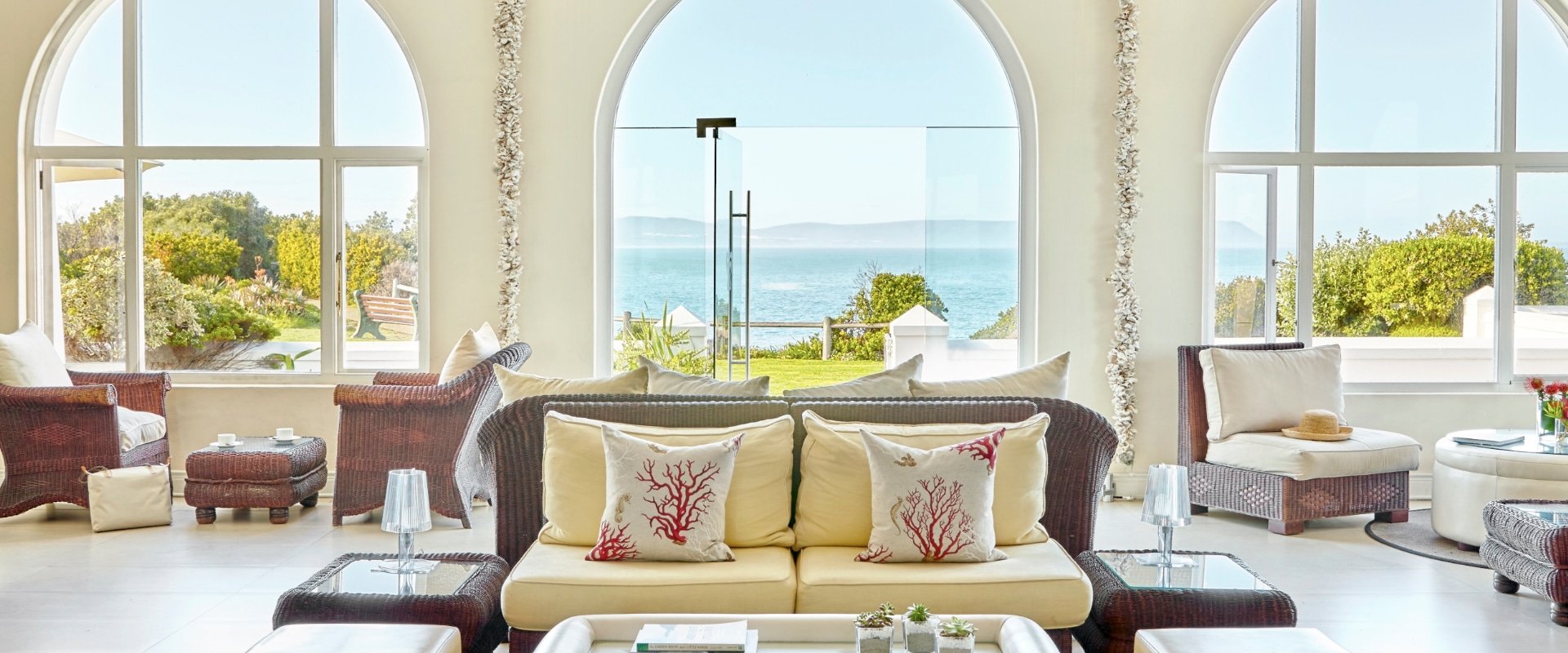




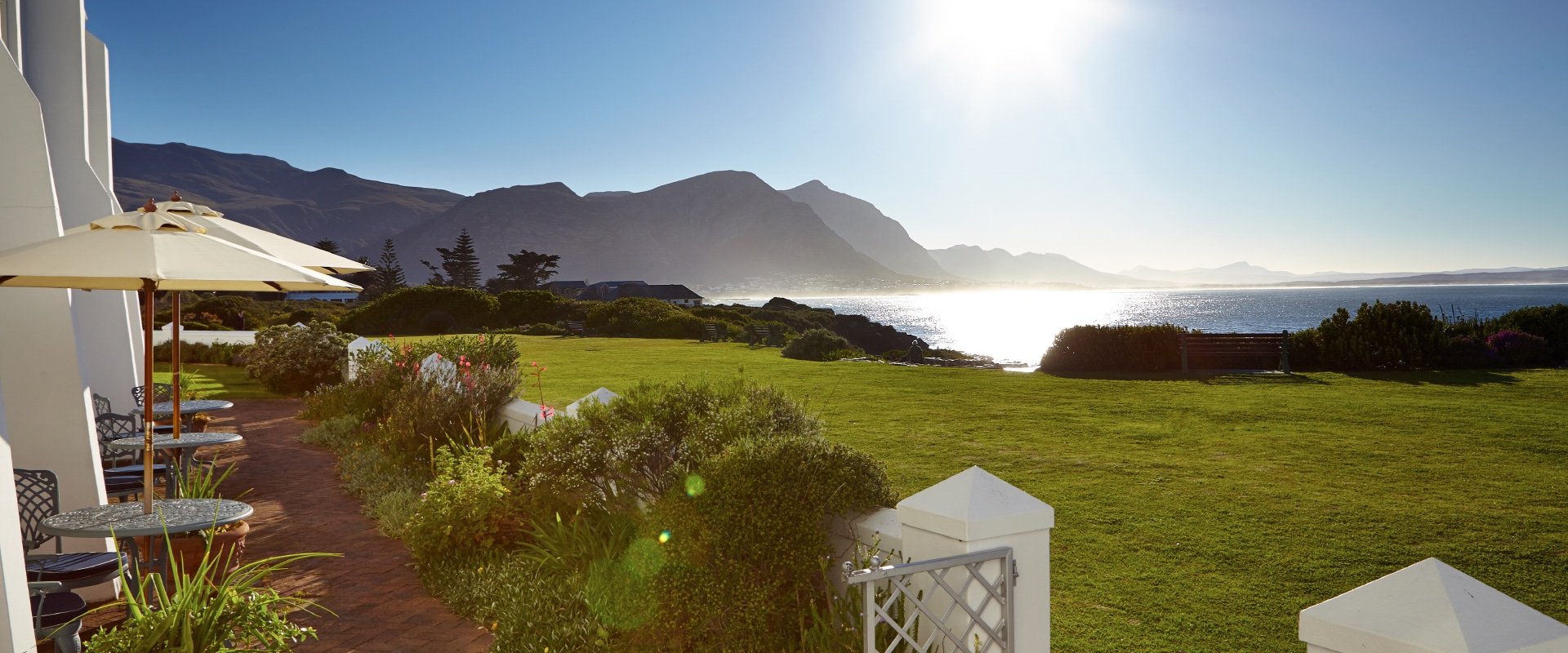
Visiting the Cape Winelands is a breathtaking countryside experience. This area was born centuries ago out of the need of a provisioning station for ships sailing round the southern point of the African continent.
Extending around and past towering mountain ranges, it possesses prolific terroir. Complimented with the Cape climate, it provides the ideal conditions for the production of exceptional grapes for wine.
When venturing towards the rolling vine-covered hills, one will be exposed to charming little historic towns, Cape Dutch architecture, fresh produce, world-class restaurants and award-winning wines. One can start with Constantia Wine Route, the closest to Cape Town City, only about 20 minutes’ drive from the CBD.
The spectacular scenery promotes outdoor activities, such as mountain biking, horse-riding, quad biking, picnicking, and wine tastings, and wine and food pairings.
Although Stellenbosch, Franschhoek, Paarl, Tulbagh and Wellington are considered the traditional Cape Winelands, today very little of the Western Cape is not under vine. This contributes to the variety of grapes that are prevalent in different areas in the region, increasing the variety of wines available for tasting.